Rapid urbanization, population growth and rural-to-urban migration, especially in fast-developing economies such as India has resulted in a fast decline in forest cover and green space in urban centers. In India the reduction in tree cover is alarming in cities which impacts human health and ecosystem and therefore immediate and long-lasting steps are needed to restore the green cover in most of metropolitan cities.
Unfortunately, the growth of trees and forests is a relatively slow process; while the need of the hour is relatively rapid solutions. Conventional forests may take decades to centuries to grow, however, the cities are running out of time to provide cleaner air to their residents. Thus, restoration of degraded lands is a necessity in urban settings. To address the issue an innovative and (relatively) rapid method of land restoration is Miyawaki forests, named after Dr. Akira Miyawaki (a Japanese botanist).
This approach is based on identifying and growing native species in a given region. Non-native plant species, generally introduced for providing green cover and other purposes, due to changed nutrient and environmental requirements in urban conditions. The technique supports the growth of a dense, mixed, native forest and results in a native forest ecosystem, complete with small animals, rodents, birds, etc. The natural selection, resulting from the competition between different types of native species, creates a diversified natural forest. The method supports the growth of primarily canopy trees.
The Miyawaki forest is an affordable, low-tech, maintenance-free and rapid method of growing native vegetation on degraded lands. In these forests multi-layered process is followed by choose different species of plants like shrub layer (6 feet), sub-tree layer (6-12 feet), tree layer (20-40 feet) and canopy layer (above 40 feet). Further, the same plant species are not planted next to each other. Thus, dozens of native species are planted in the same area, close to each other, which ensures that the plants receive sunlight only from the top, and grow upwards than sideways. It requires very little space (a minimum of 20 square feet), plants grow ten times faster, and the forest becomes maintenance-free in three years. In order to match a natural forest system, random plantation of different types of native seedlings (with extensive root system) are randomly planted. Growth rates of a meter per year or higher are generally observed, ultimately resulting in a complete, mixed, native forest ecosystem in a span of few years, instead of decades (to centuries) needed by other systems of planting.
A number of industries and cities have successfully grown Miyawaki forests for enhancing the tree cover. In most cases, Miyawaki forests have been able to reverse the declining tree cover, provide a better environment and improve our air quality. Miyawaki forests have also been found to be fairly successful for restoration of degraded areas, spoil tips and mine dump areas.
The advantages of Miyawaki forests include, rapid restoration of land, development of an entire ecosystem (instead of just plants), much faster development of greenery as compared to conventional forests, minimal maintenance and care, low-cost, etc. The disadvantages include necessity to carry out detailed field surveys, identify potential native species, land availability and initial high cost for land preparation, plant procuration, planting, etc.
CONCLUSION
Forests are a necessity for their ability to supply oxygen, act as carbon-sink, provision of shade, food, among others. Yet, due to rapid urbanization, forest cover is being lost and cities are getting suffocated by pollution and poor air quality. Miyawaki forests, is a promising solution which has low maintenance needs and quick results while saving native species, which needs to be taken up for betterment of our cities. It can also be tried for restoration dumping sites, quarry sites, etc. at hydropower and other power generating units.
Reference:
- https://bengaluru.citizenmatters.in/how-to-make-mini-forest-miyawaki-method-34867
- https://www.sei.org/about-sei/press-room/how-the-miyawaki-method-can-transform-indian-cities/
- https://urban-forests.com/miyawaki-method/
Picture Reference: dste.py.gov.in
-Dr. Anuradha Bajpayee, GSM (Env), EDM Division, CO
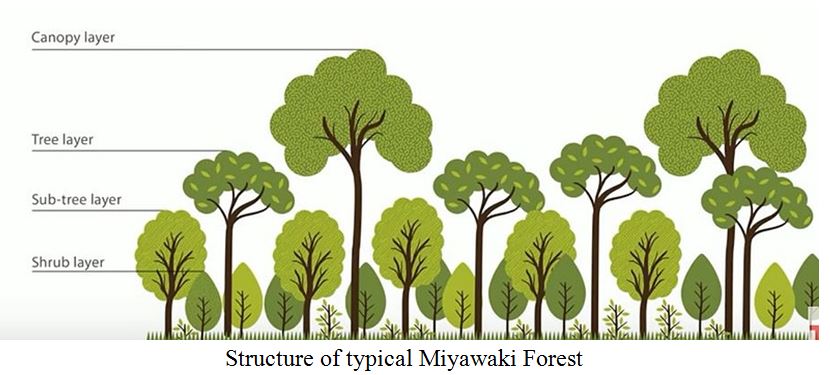









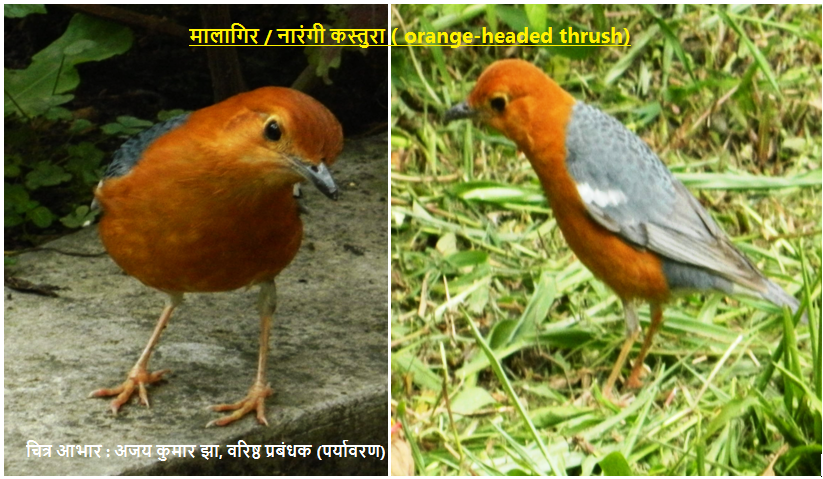









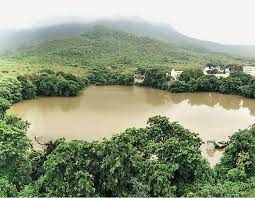

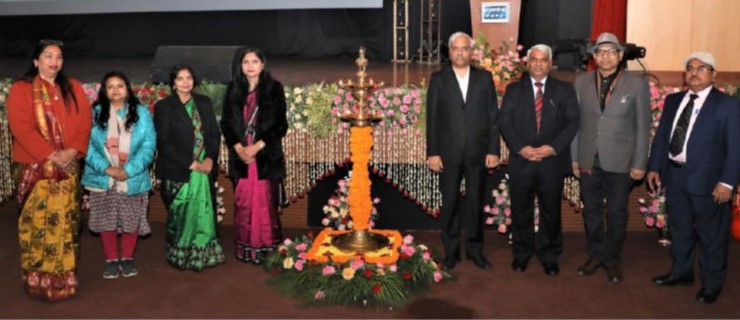
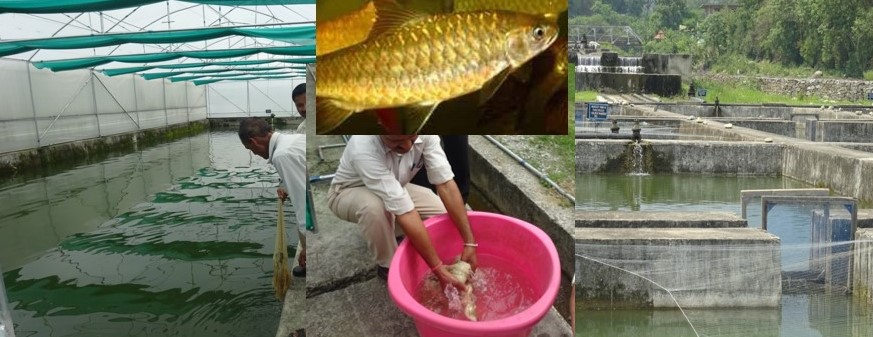




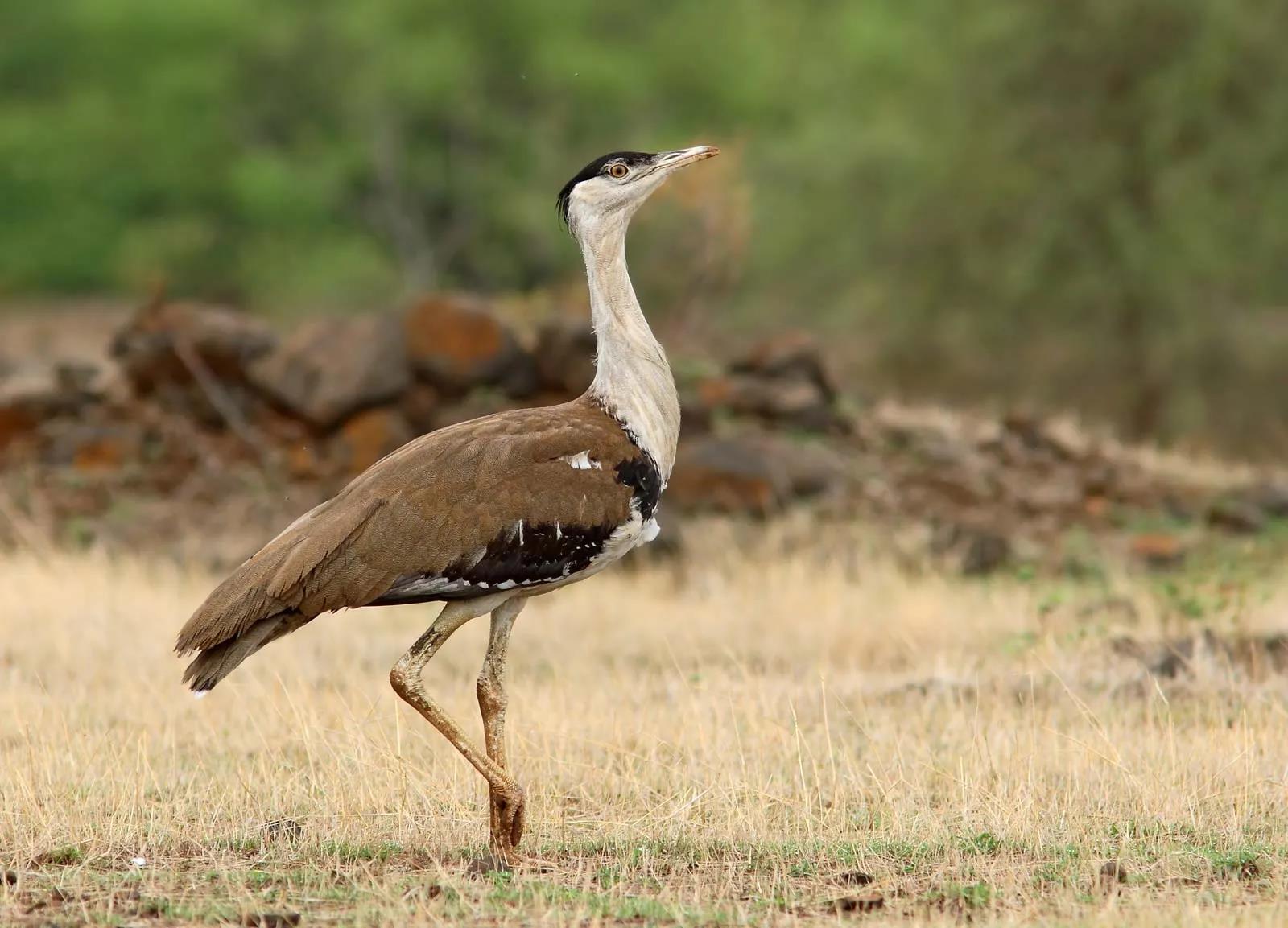
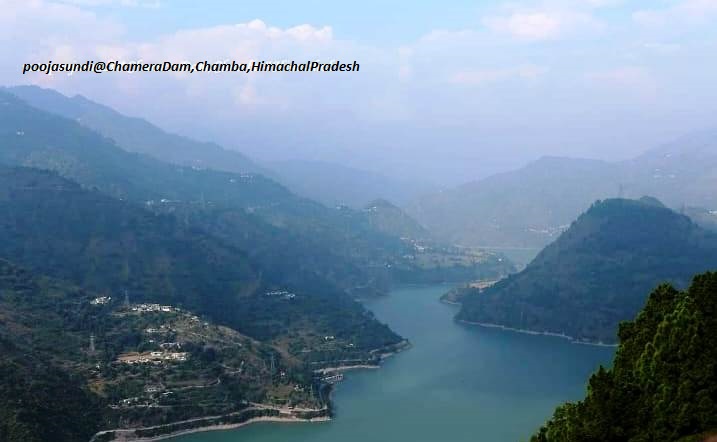
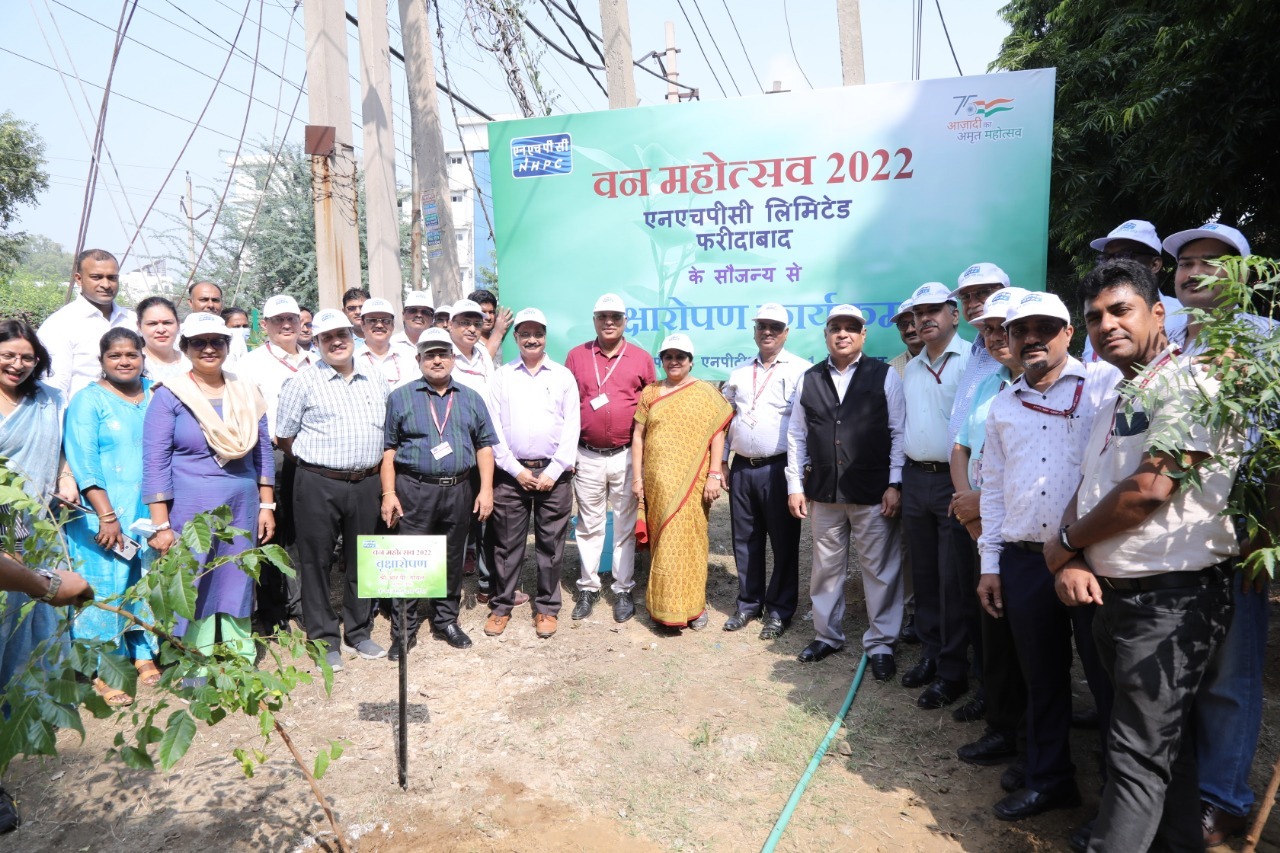
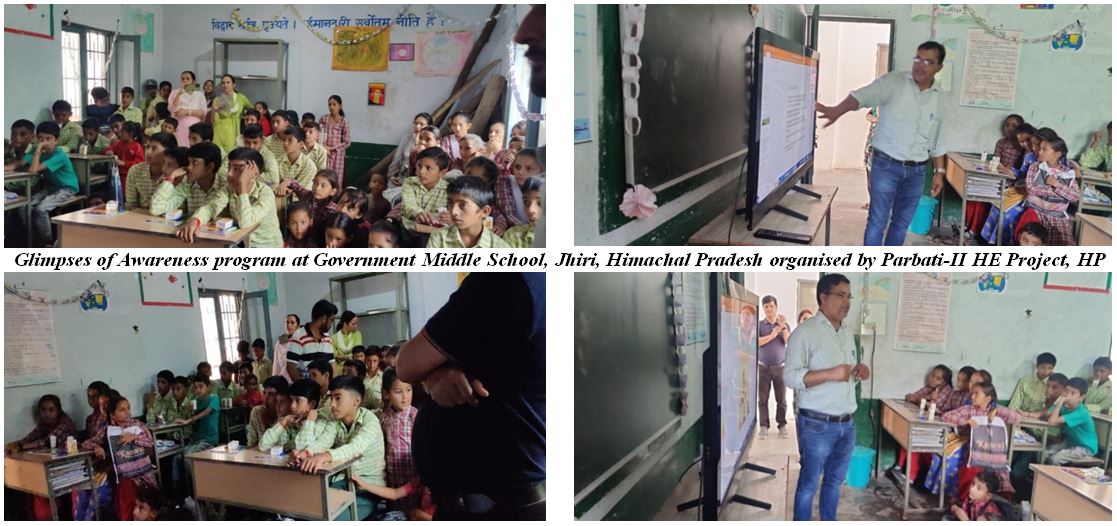
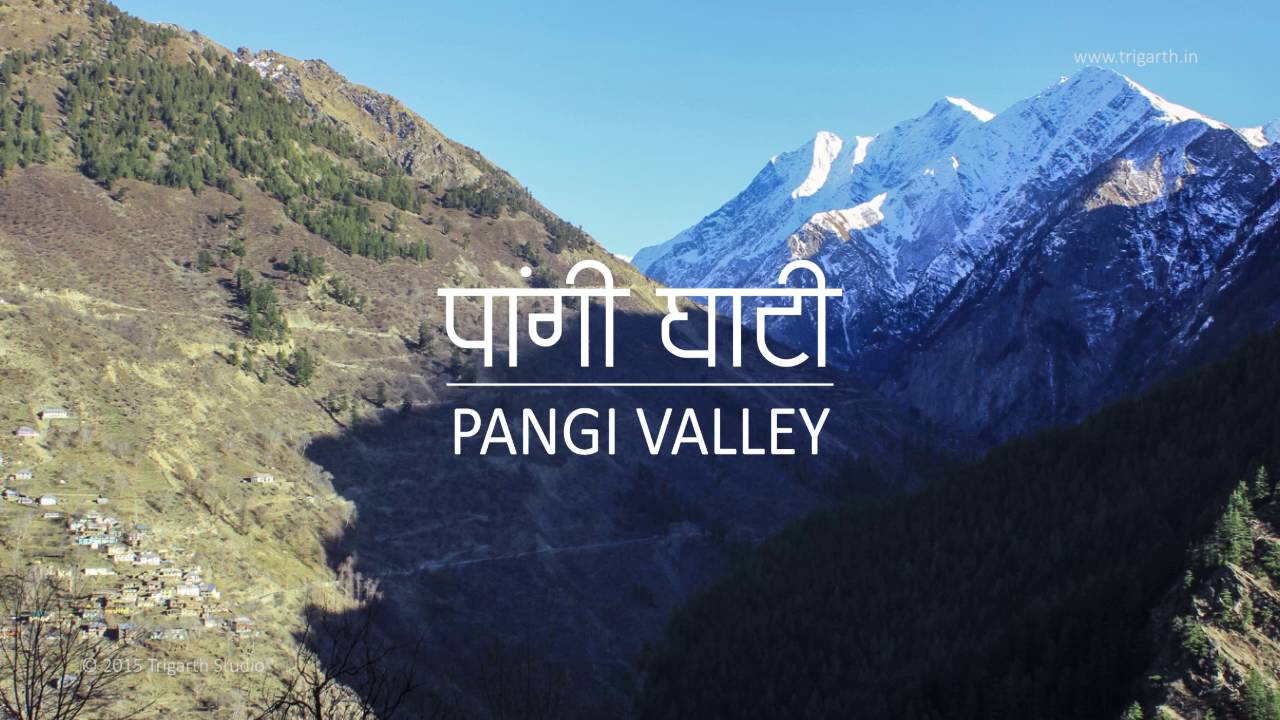
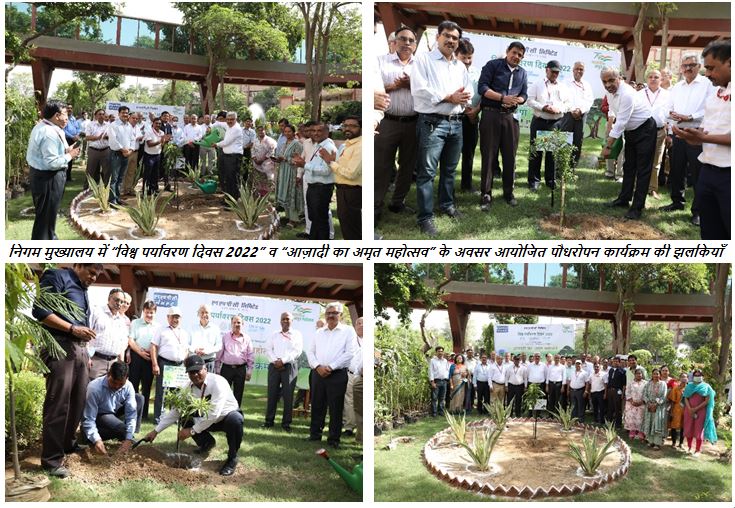

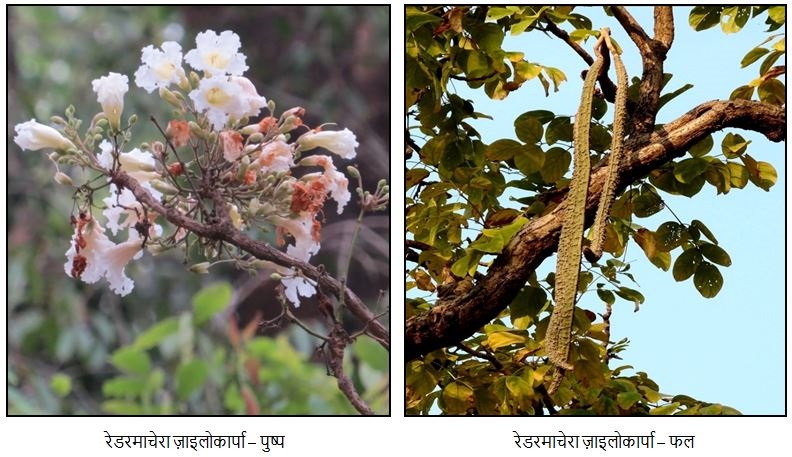










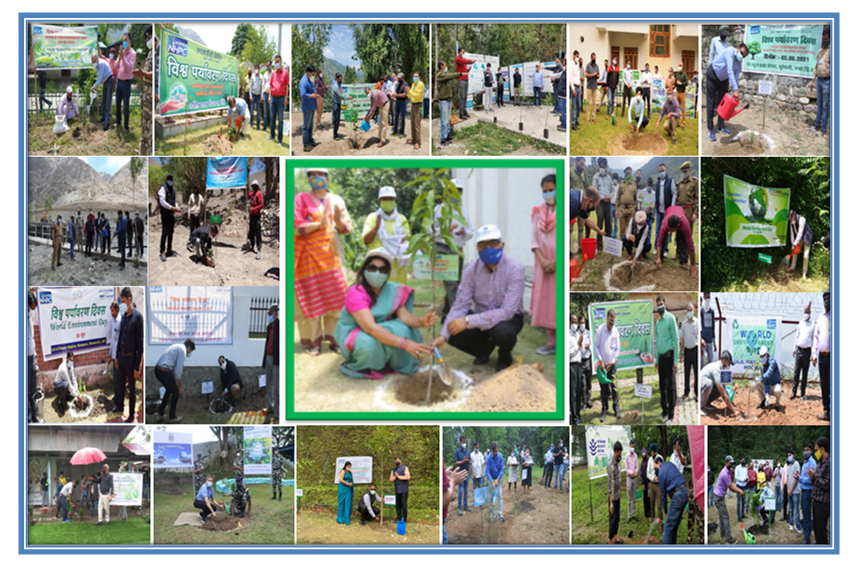

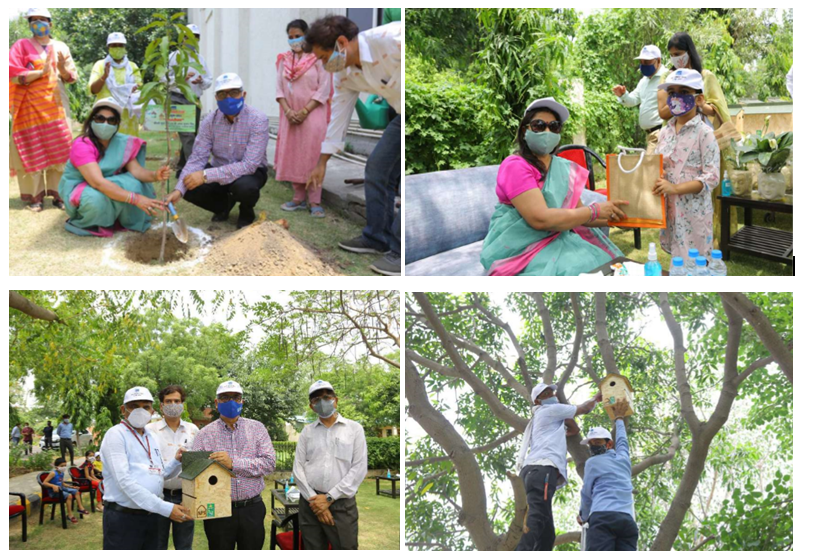













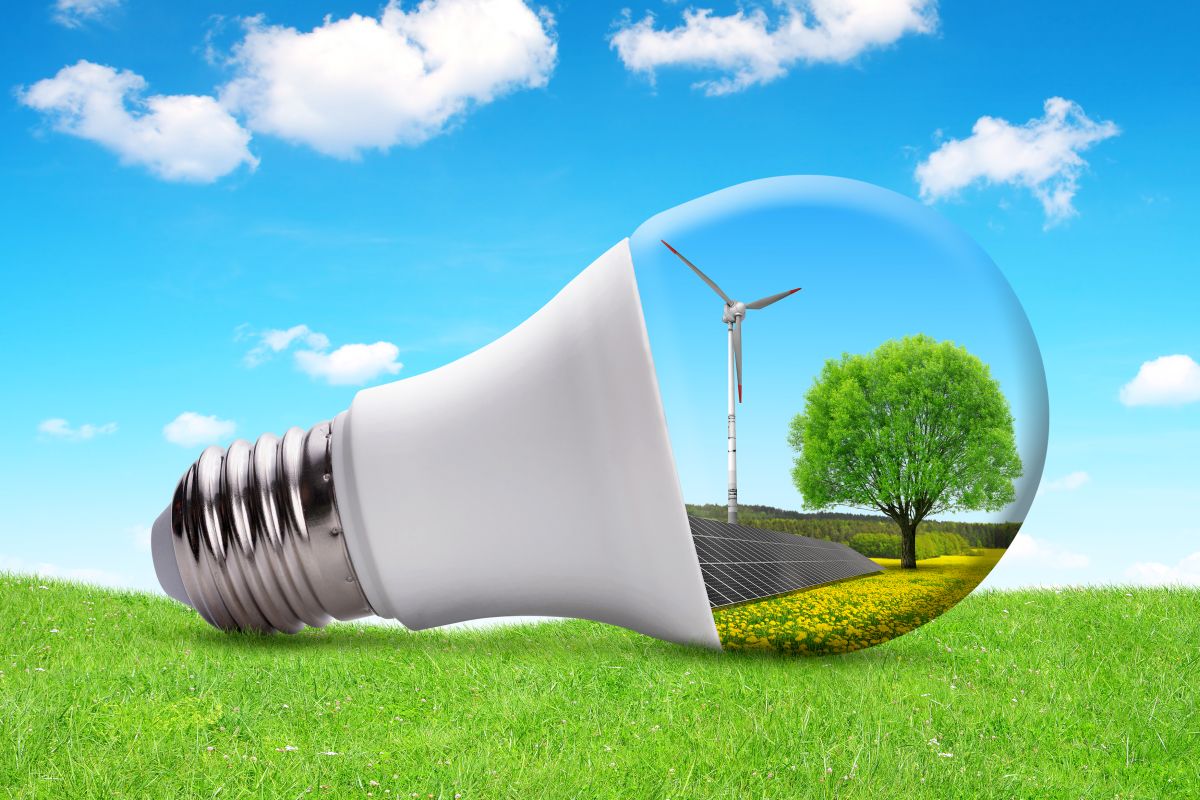

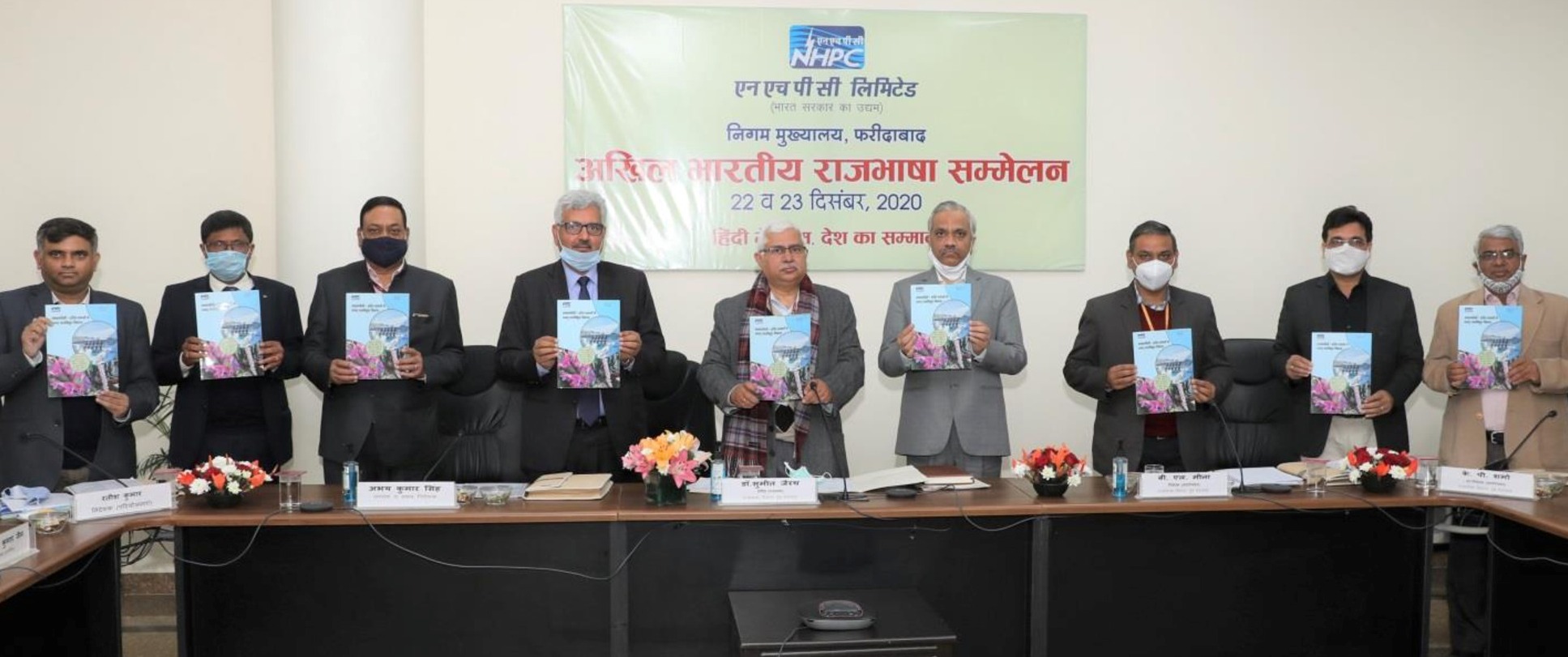


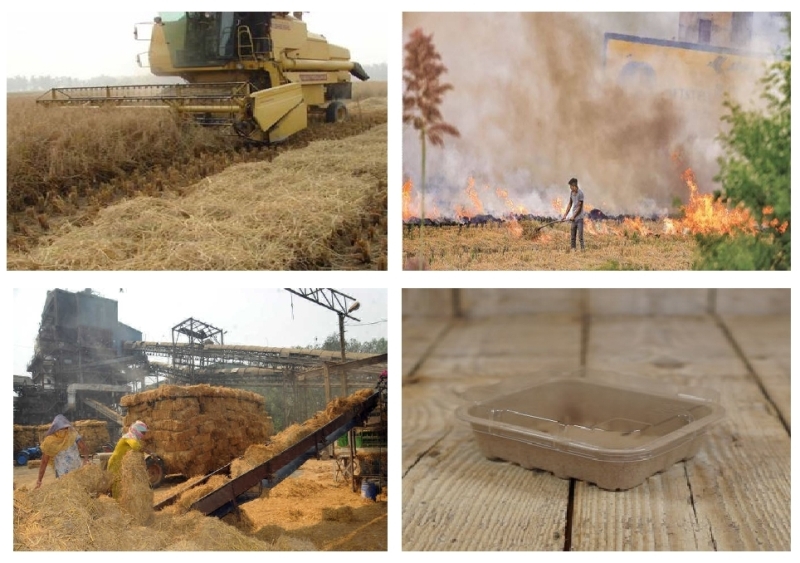





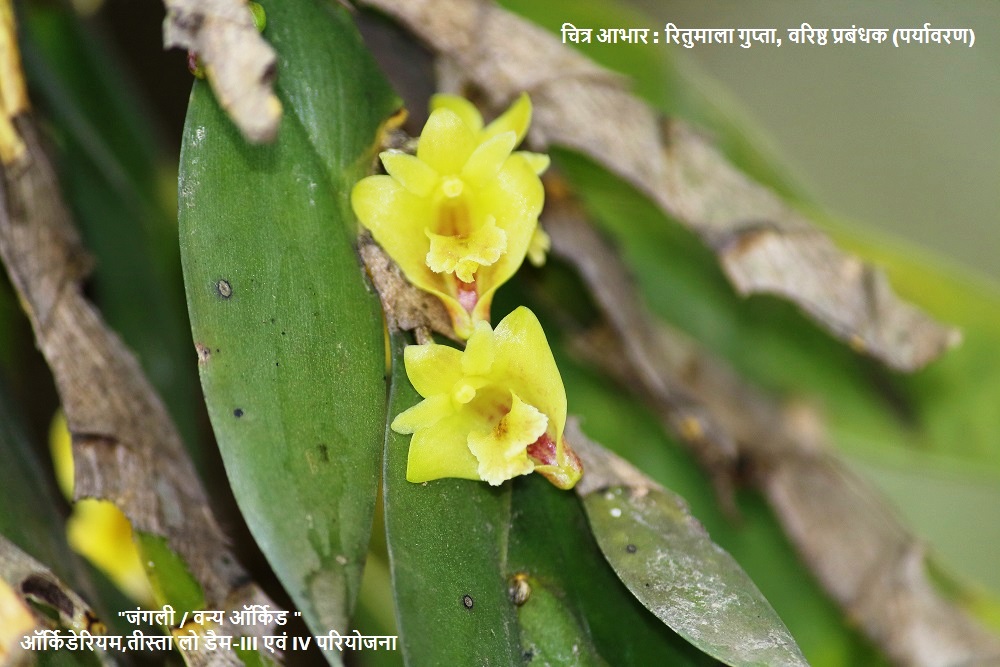

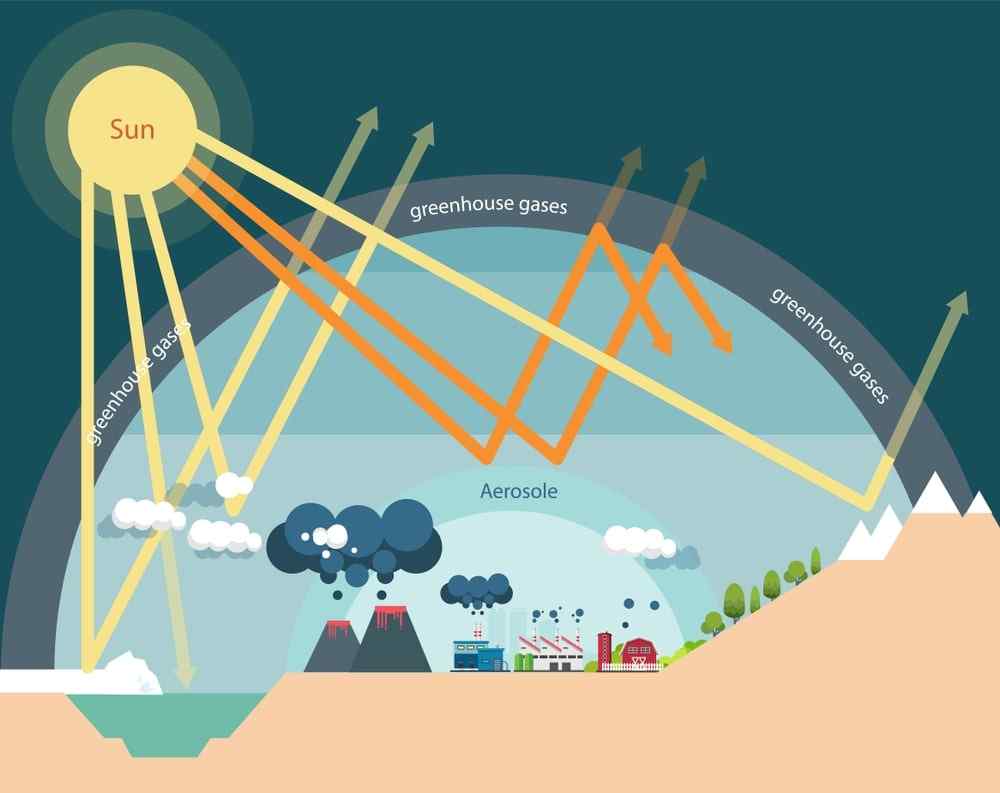
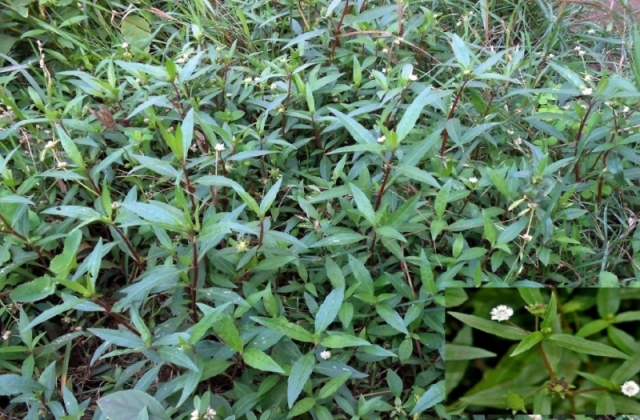
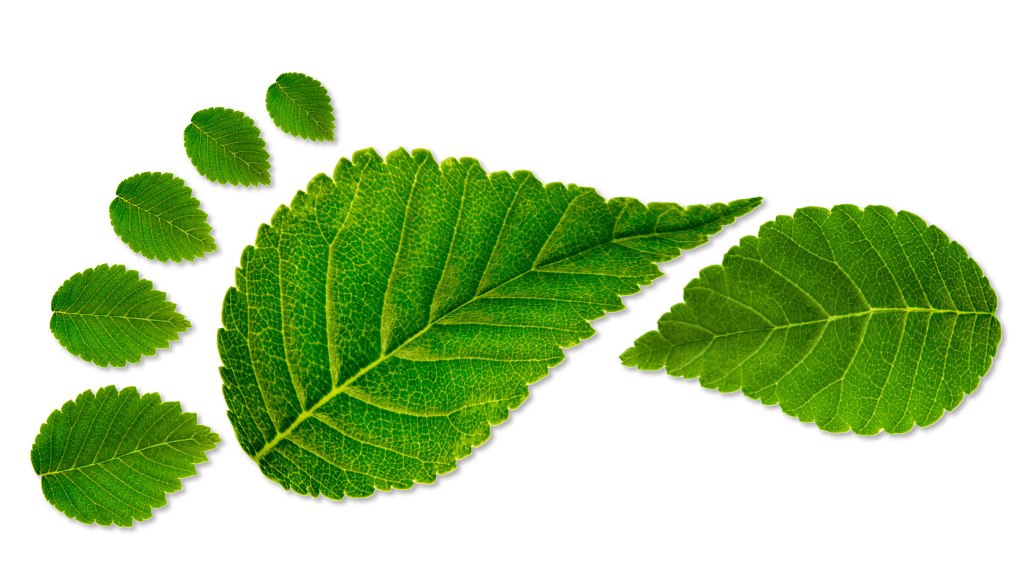






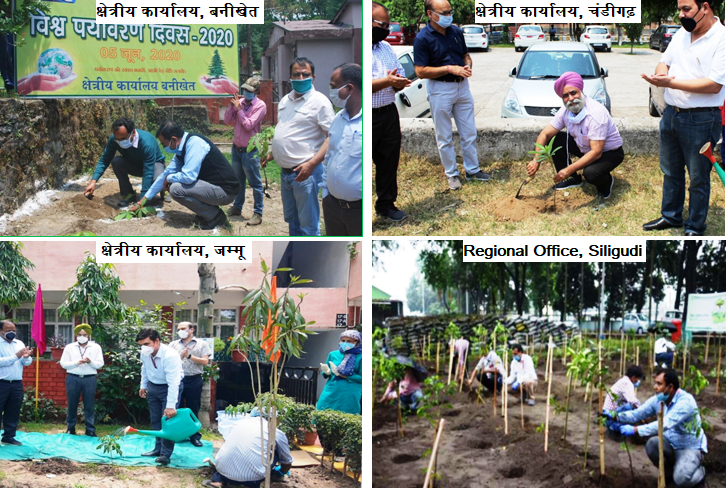
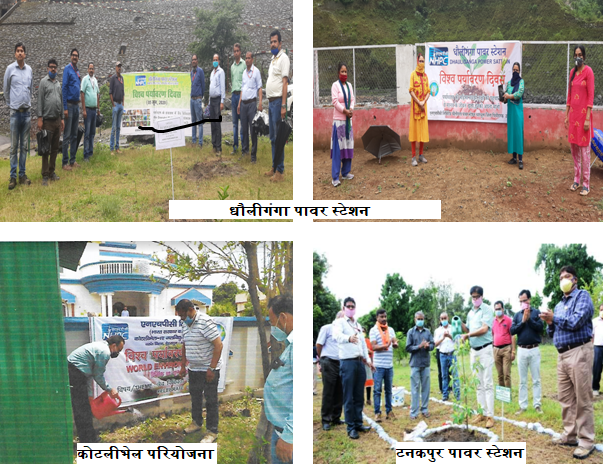
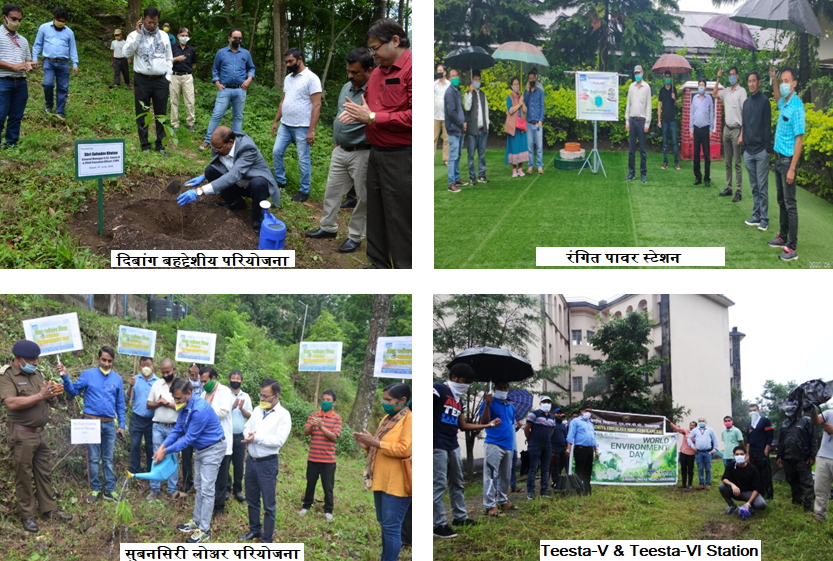
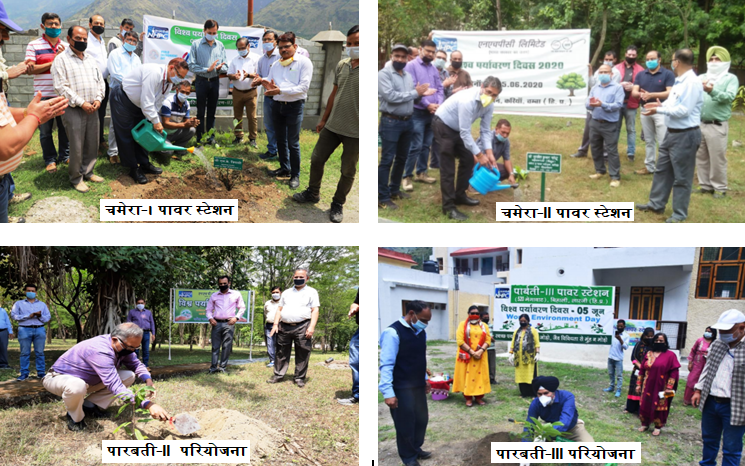
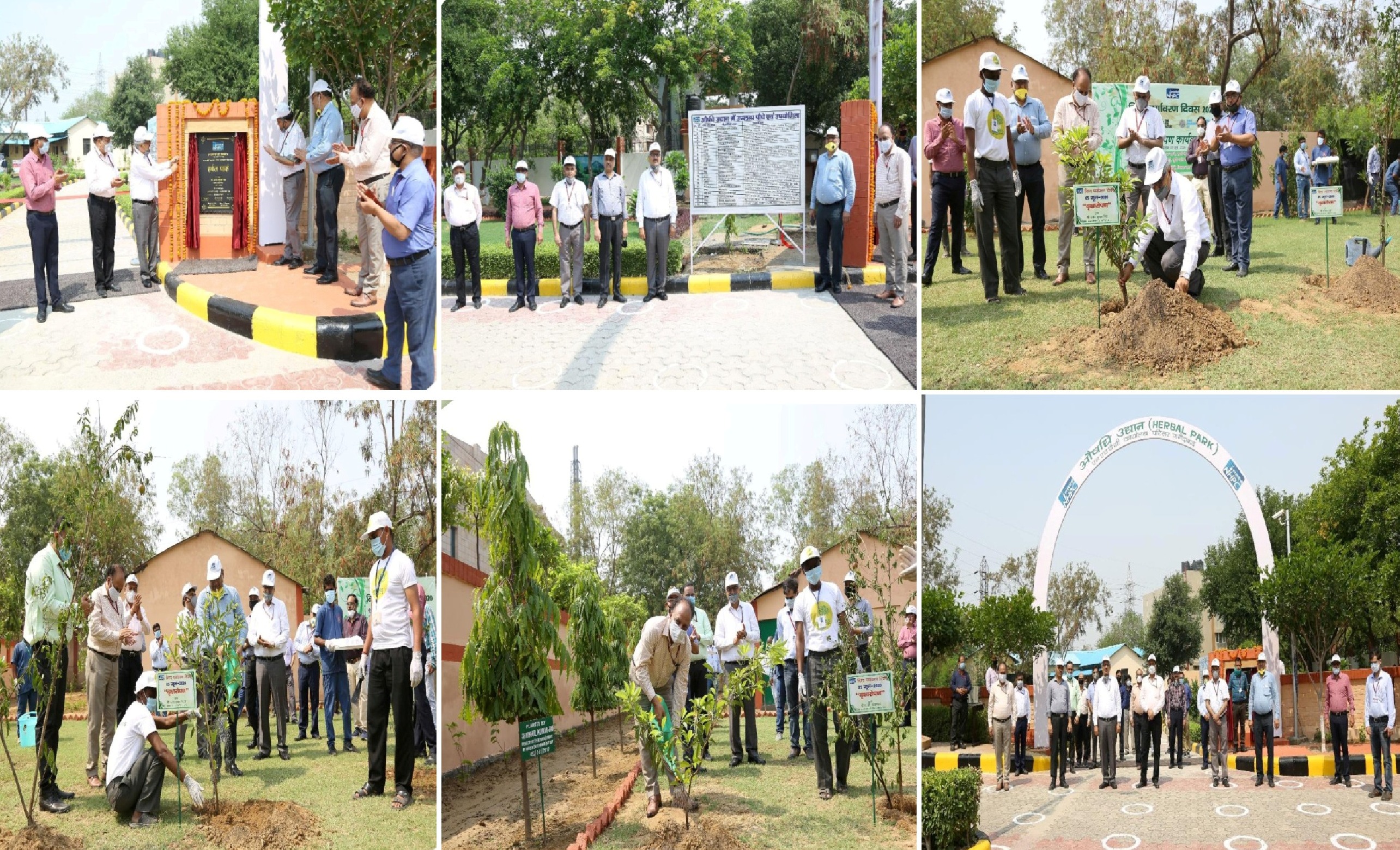
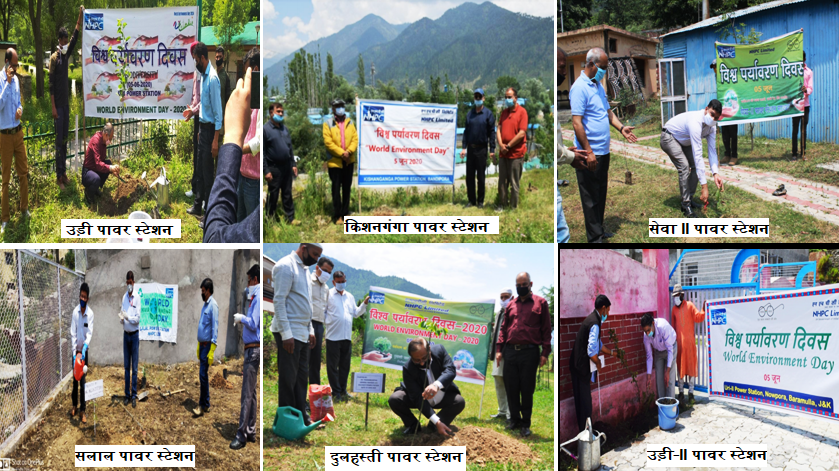
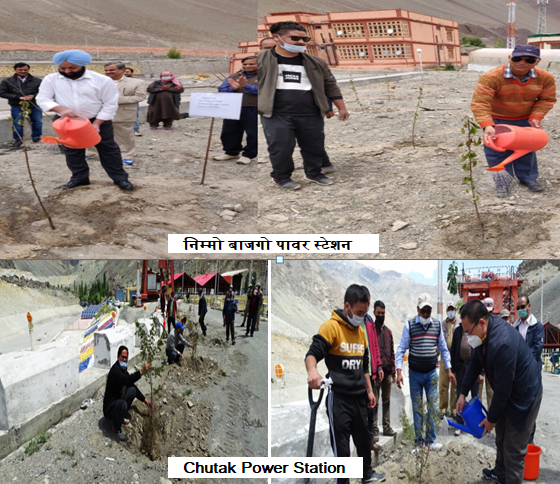
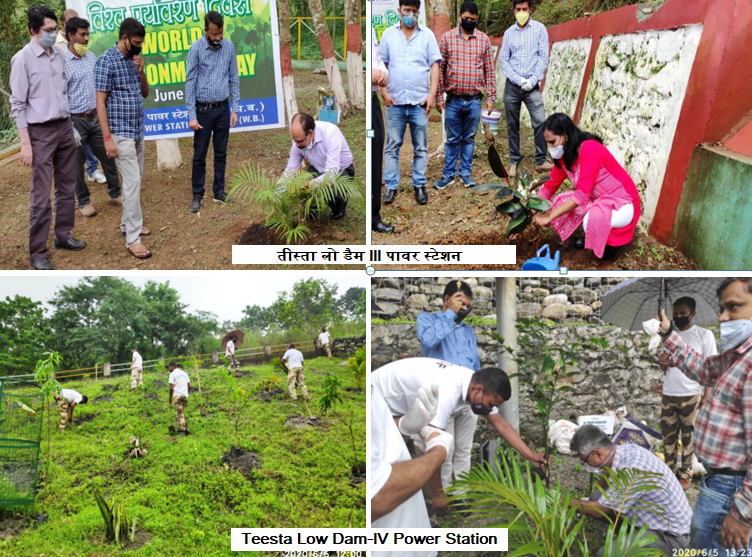
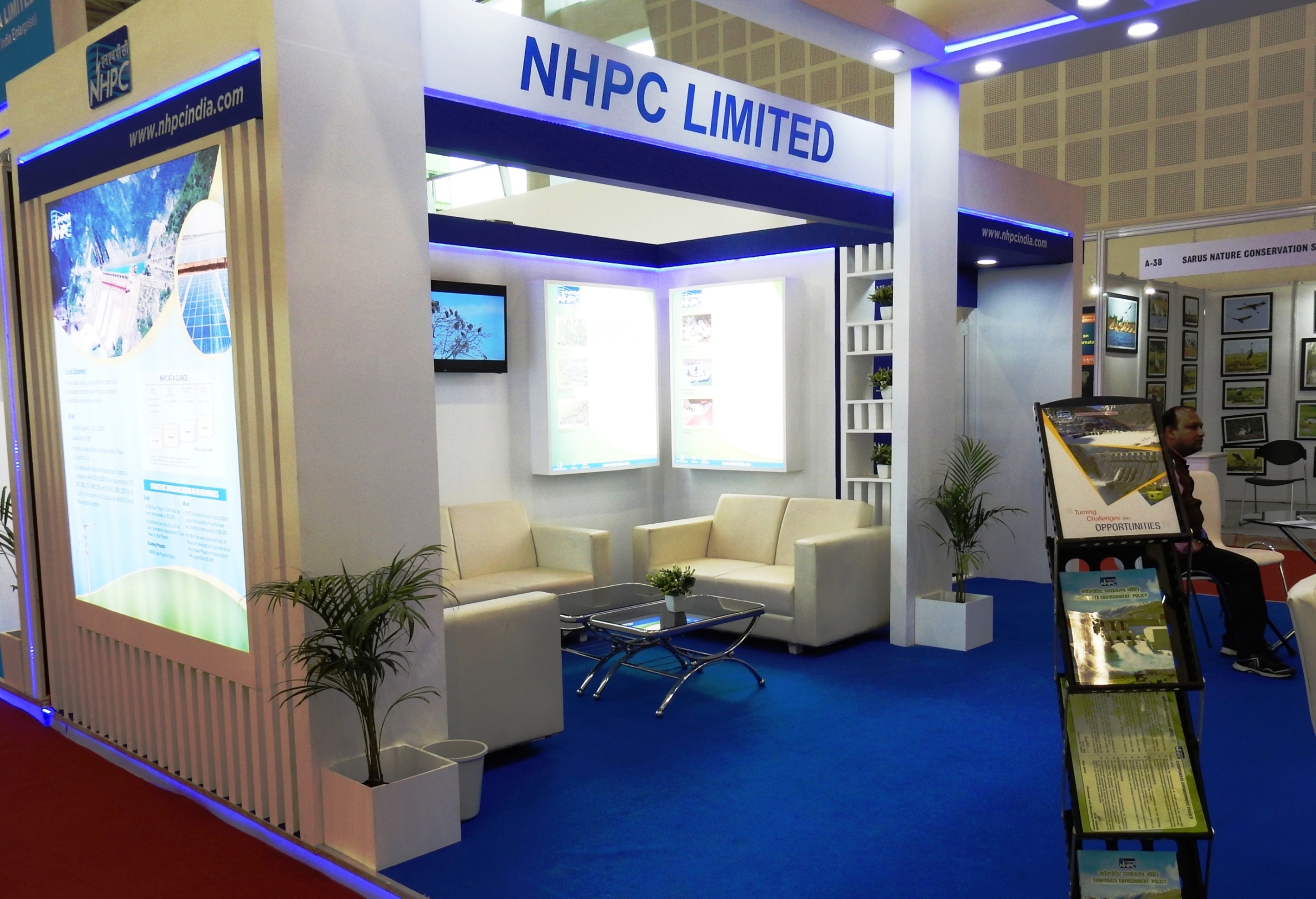
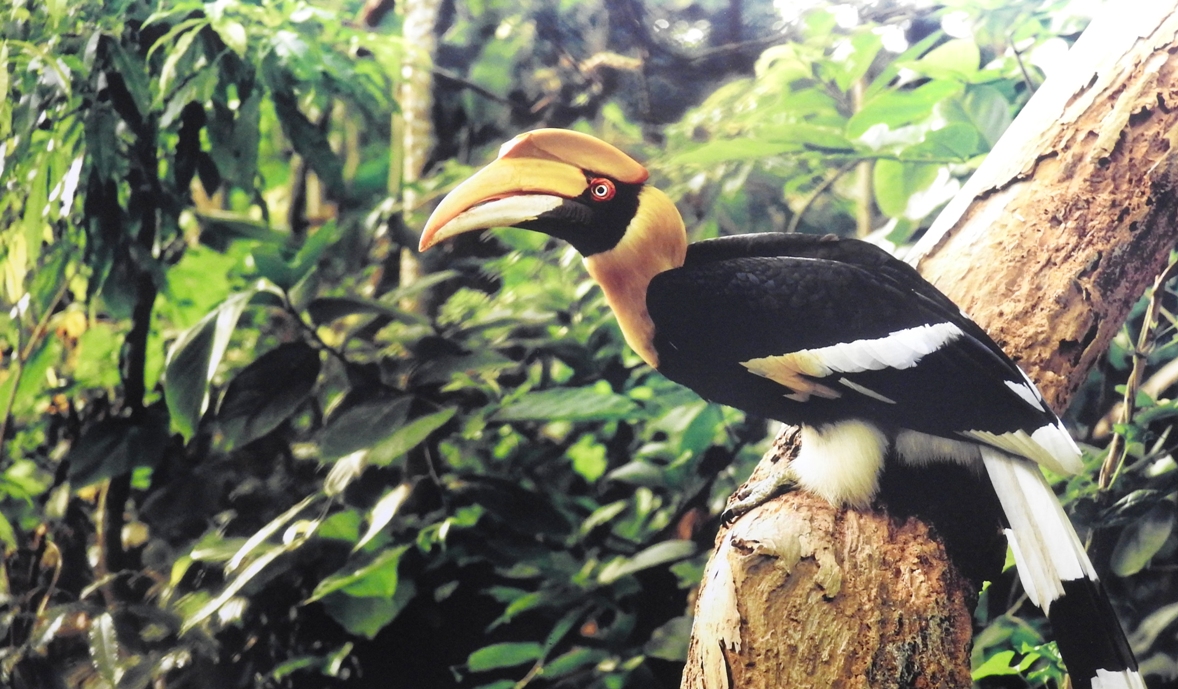
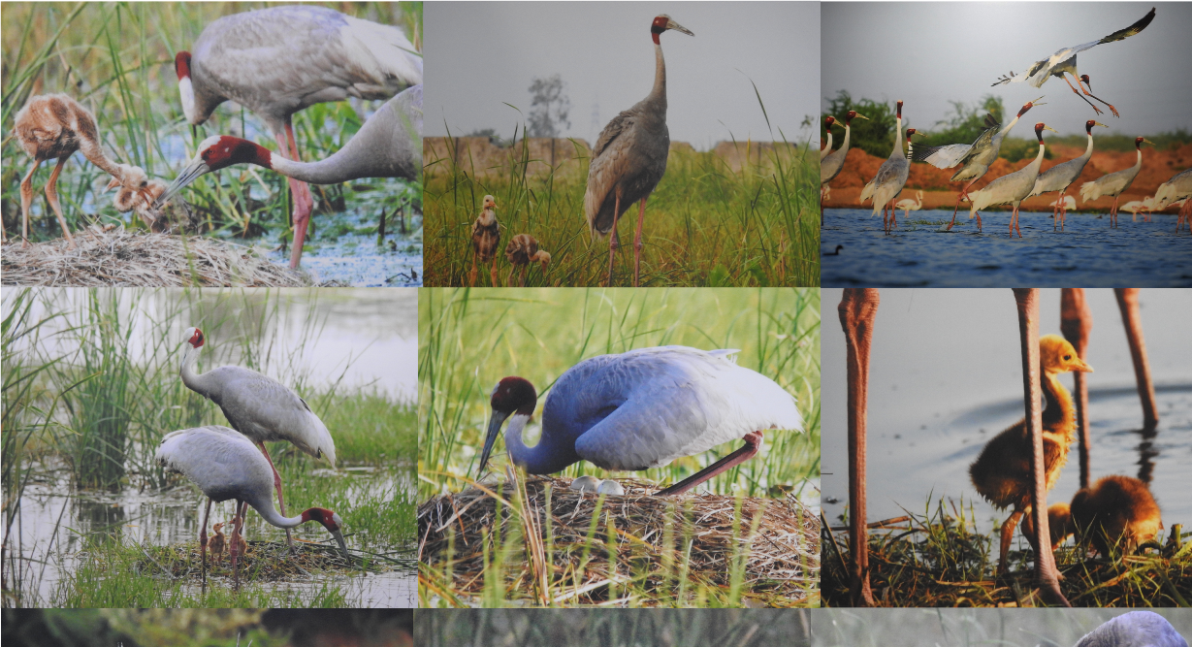
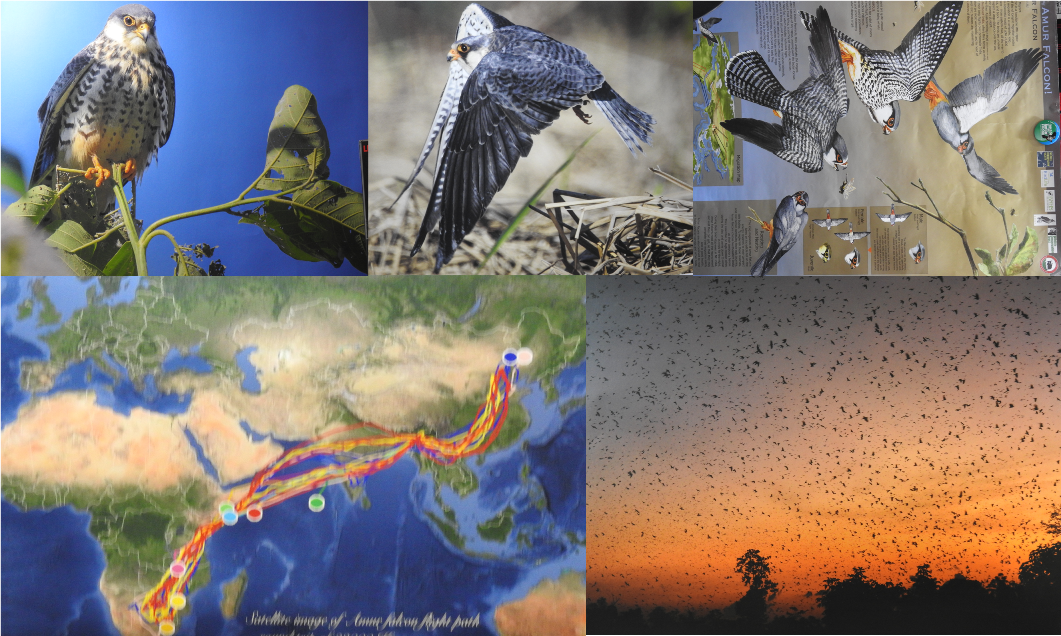

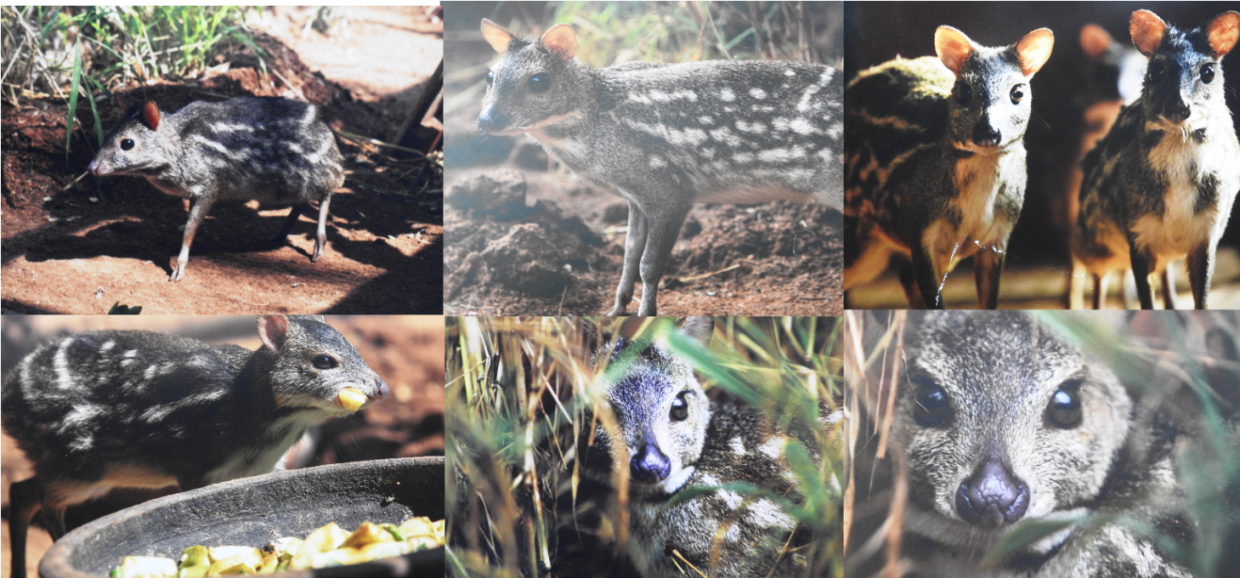


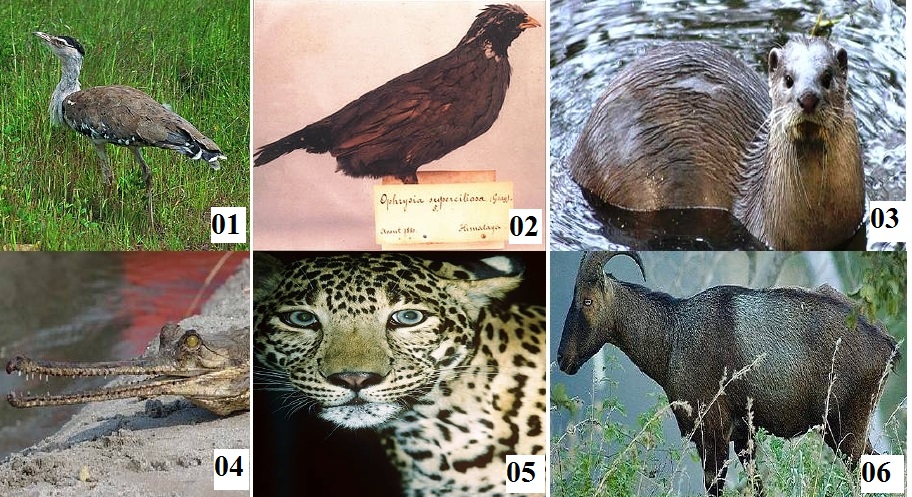
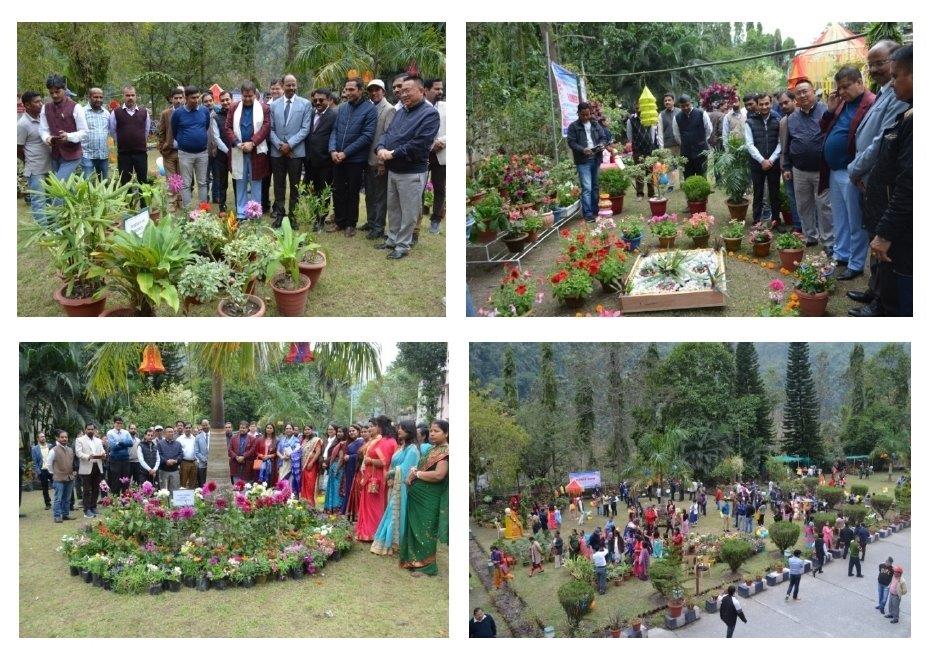
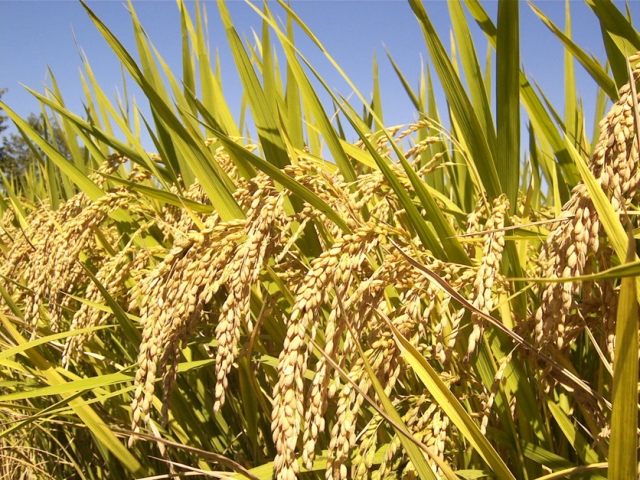
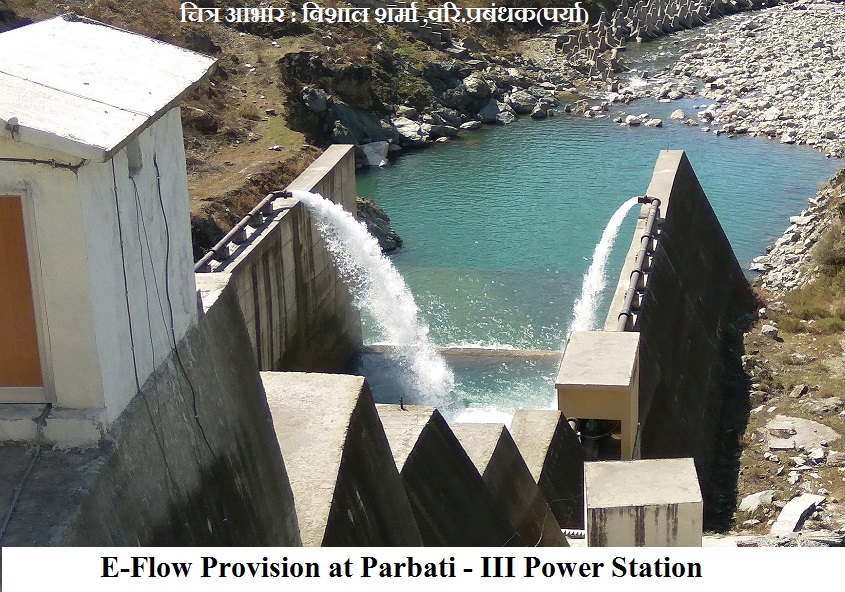

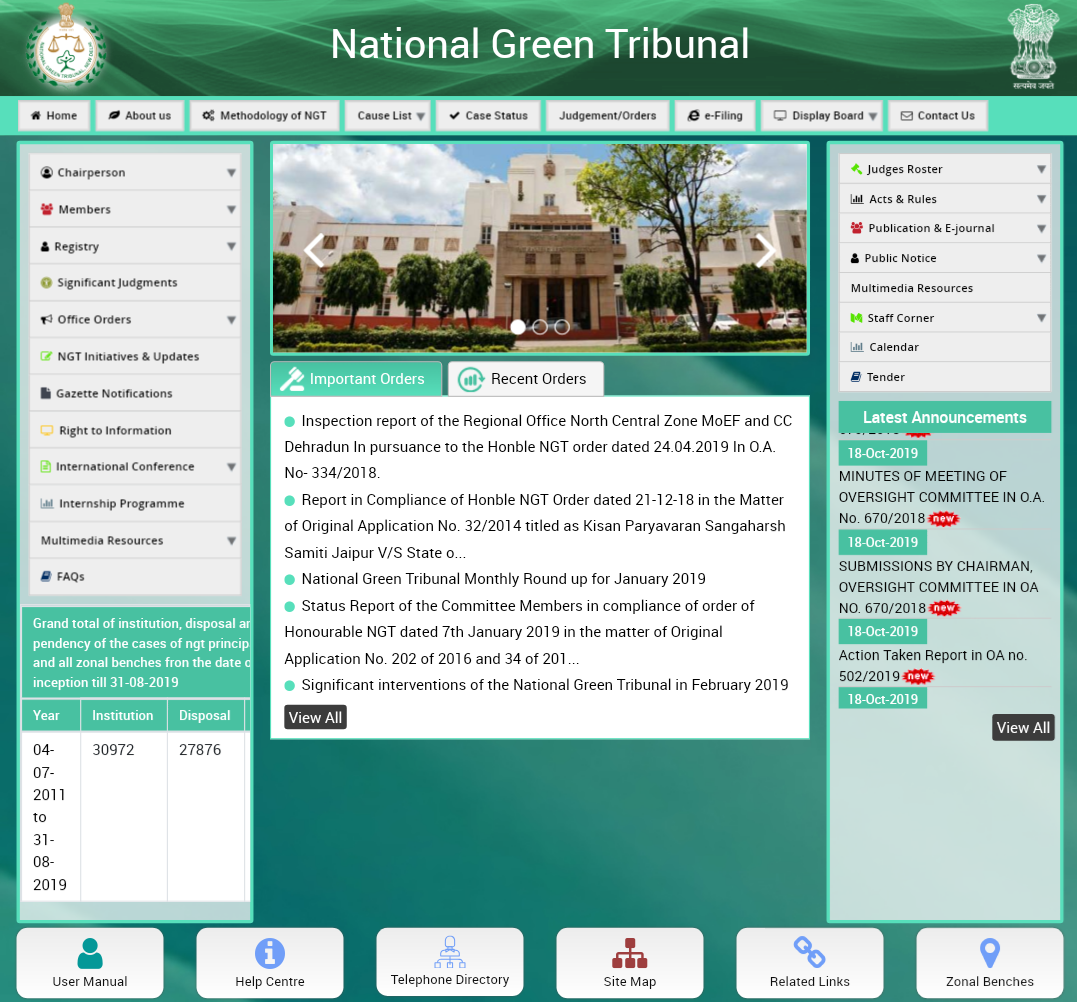
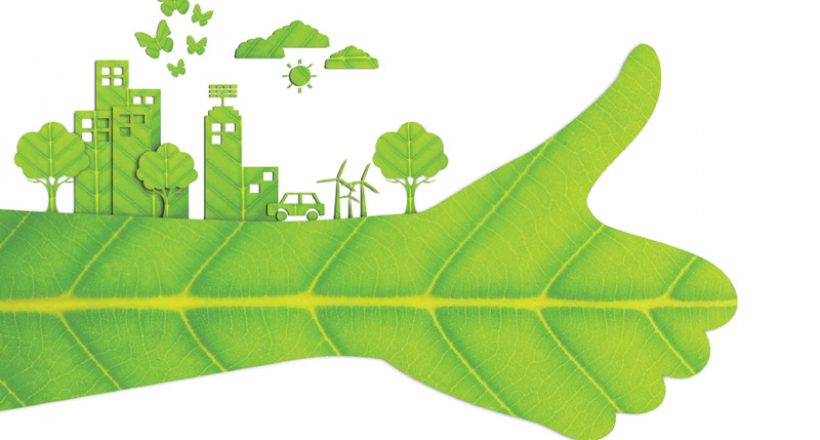
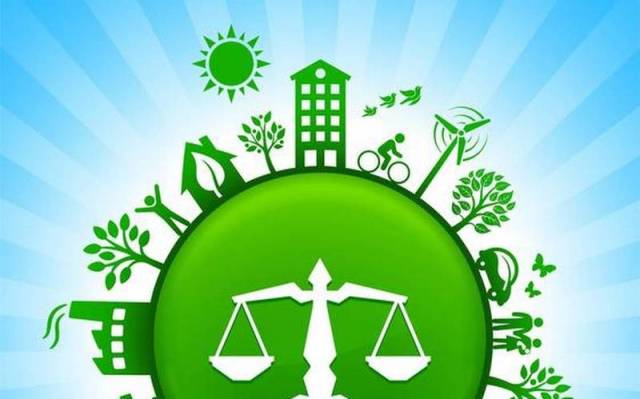

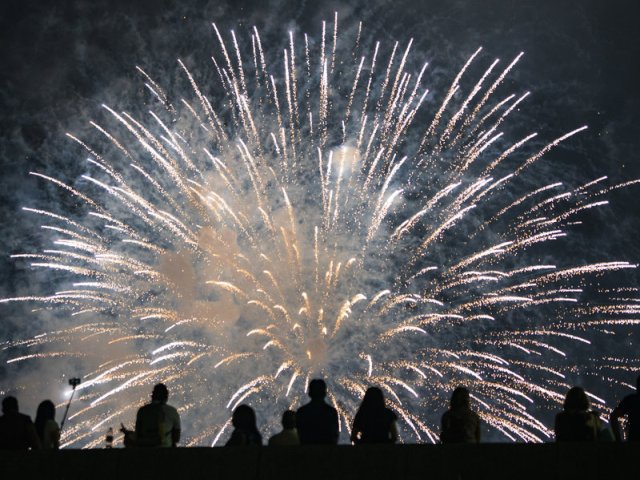

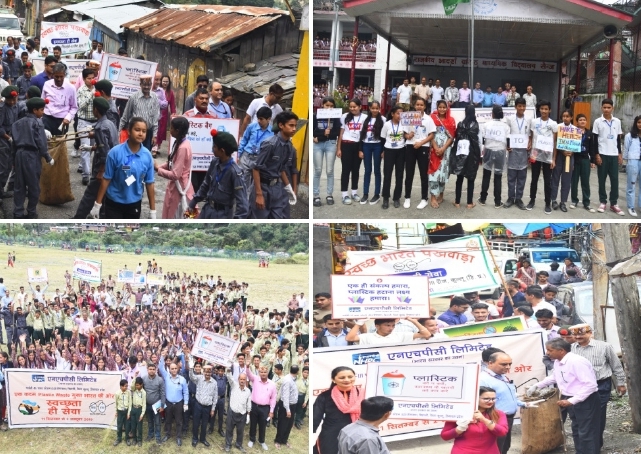


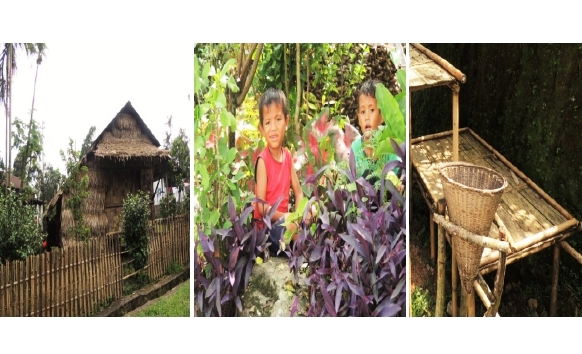
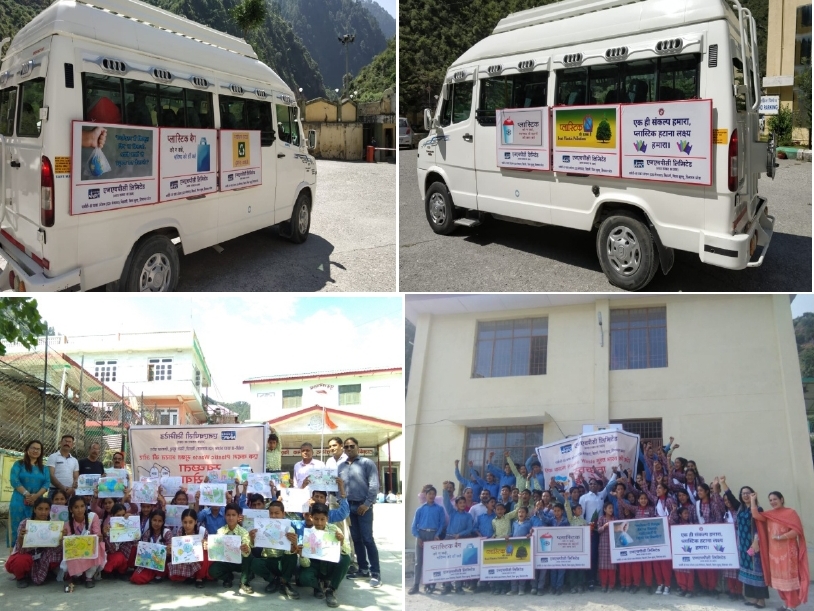
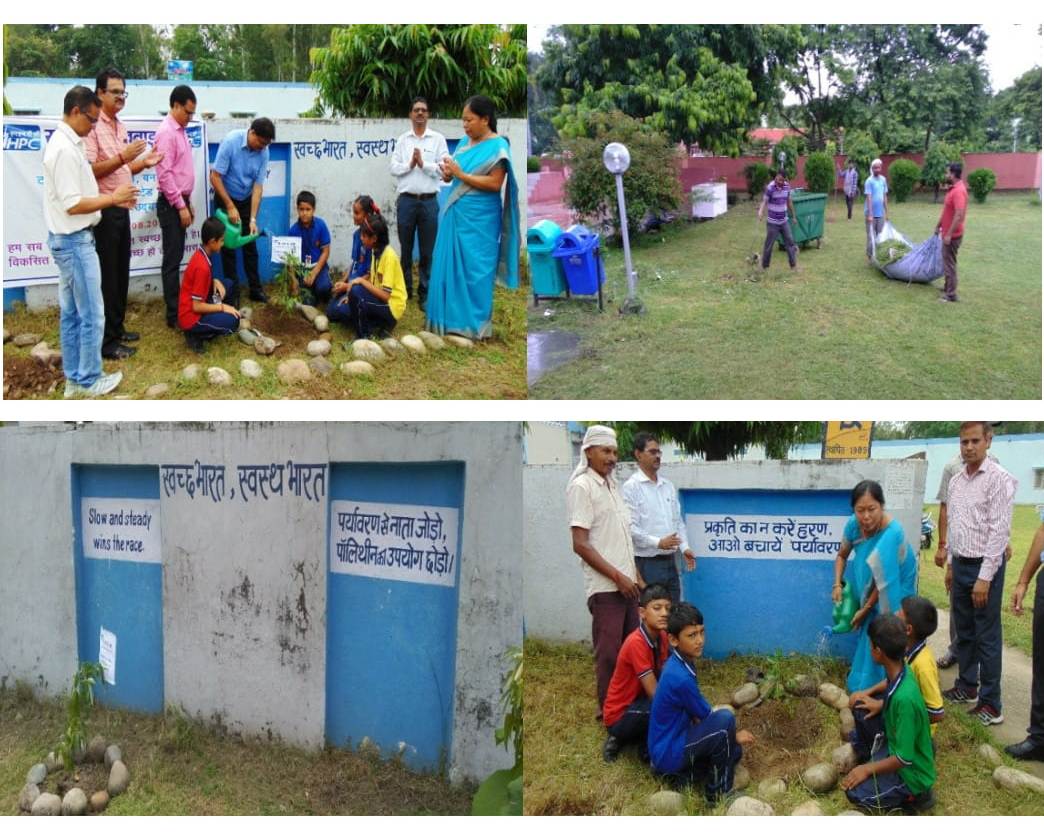
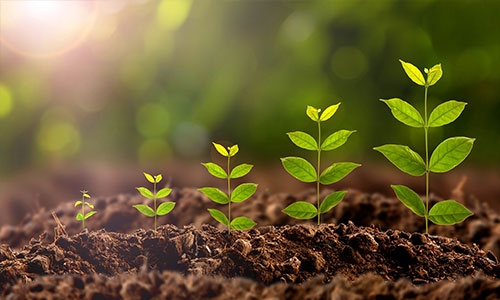

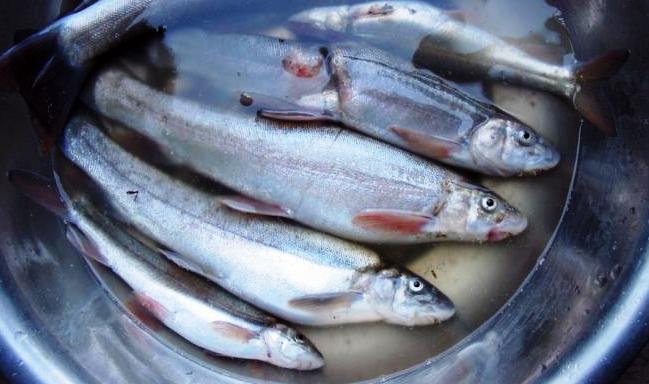

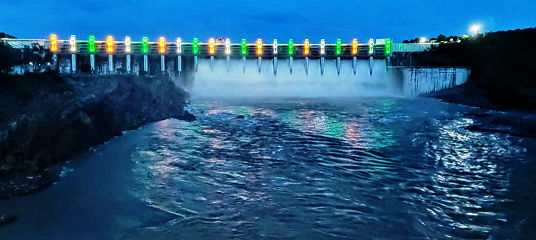
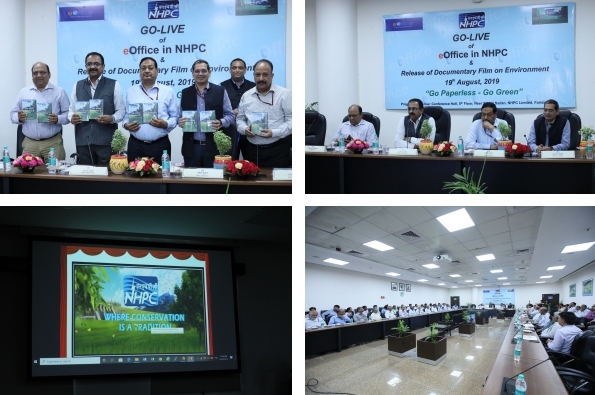
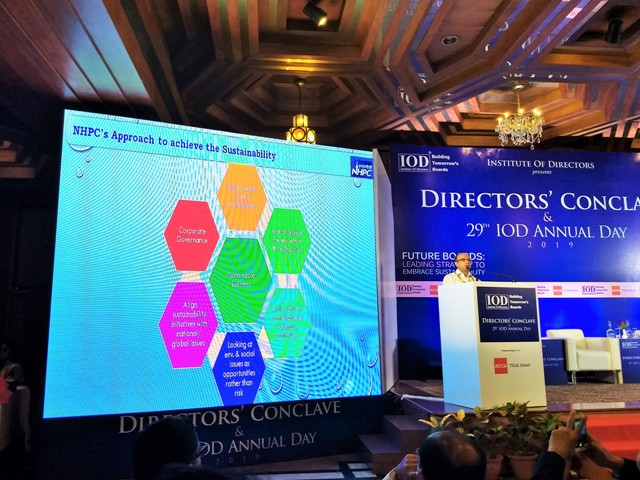
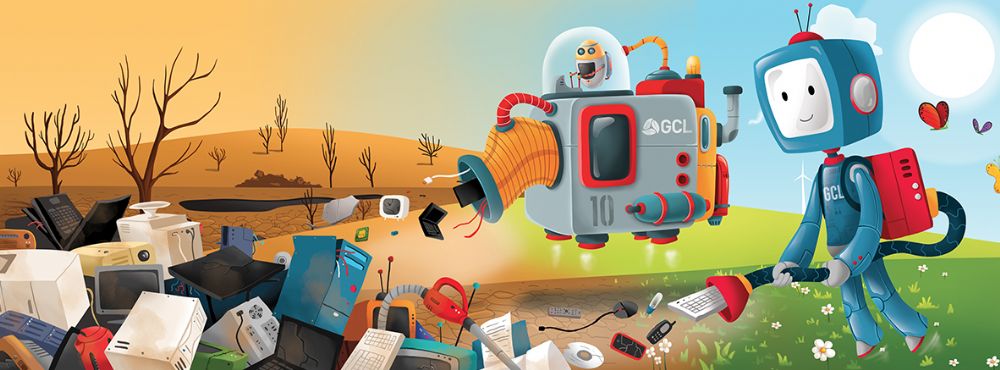
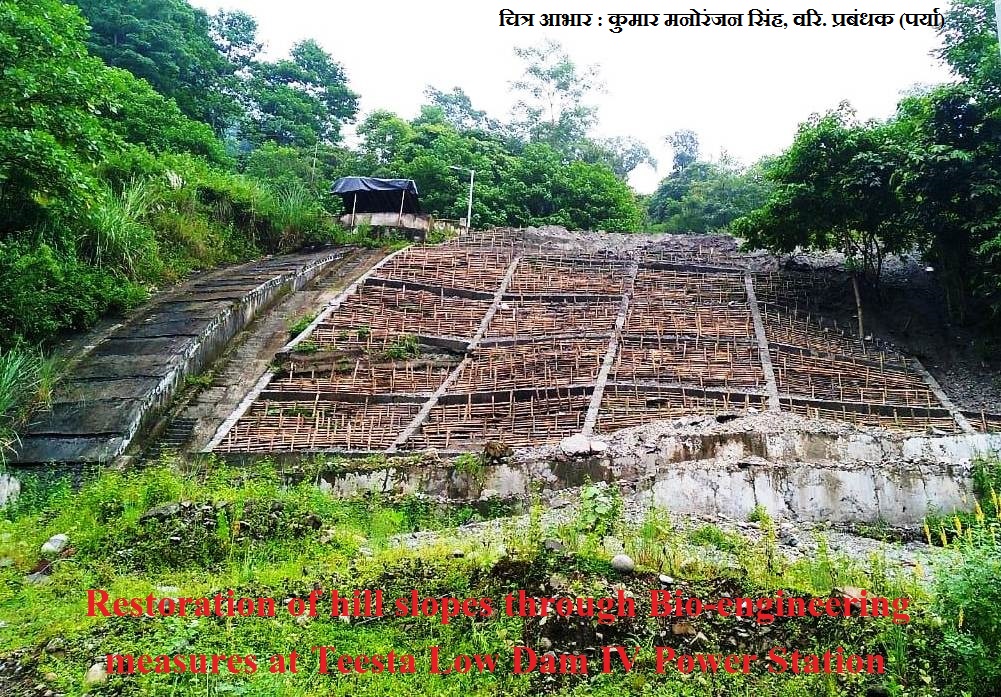

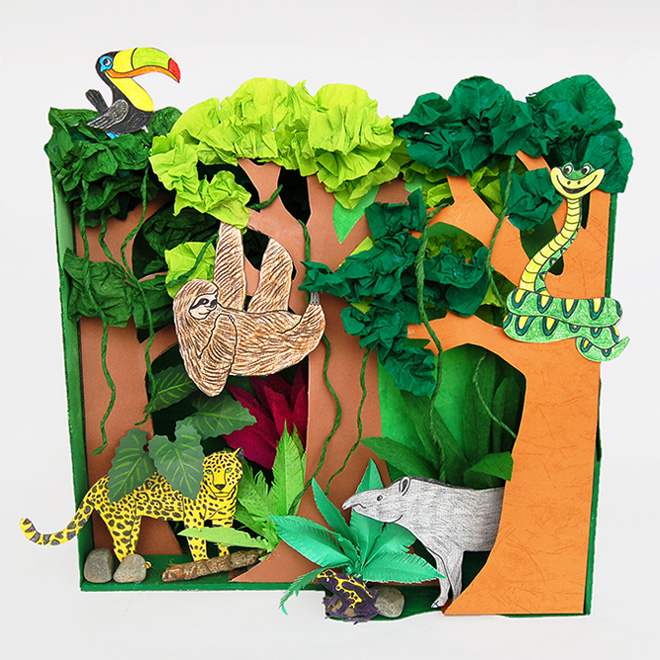
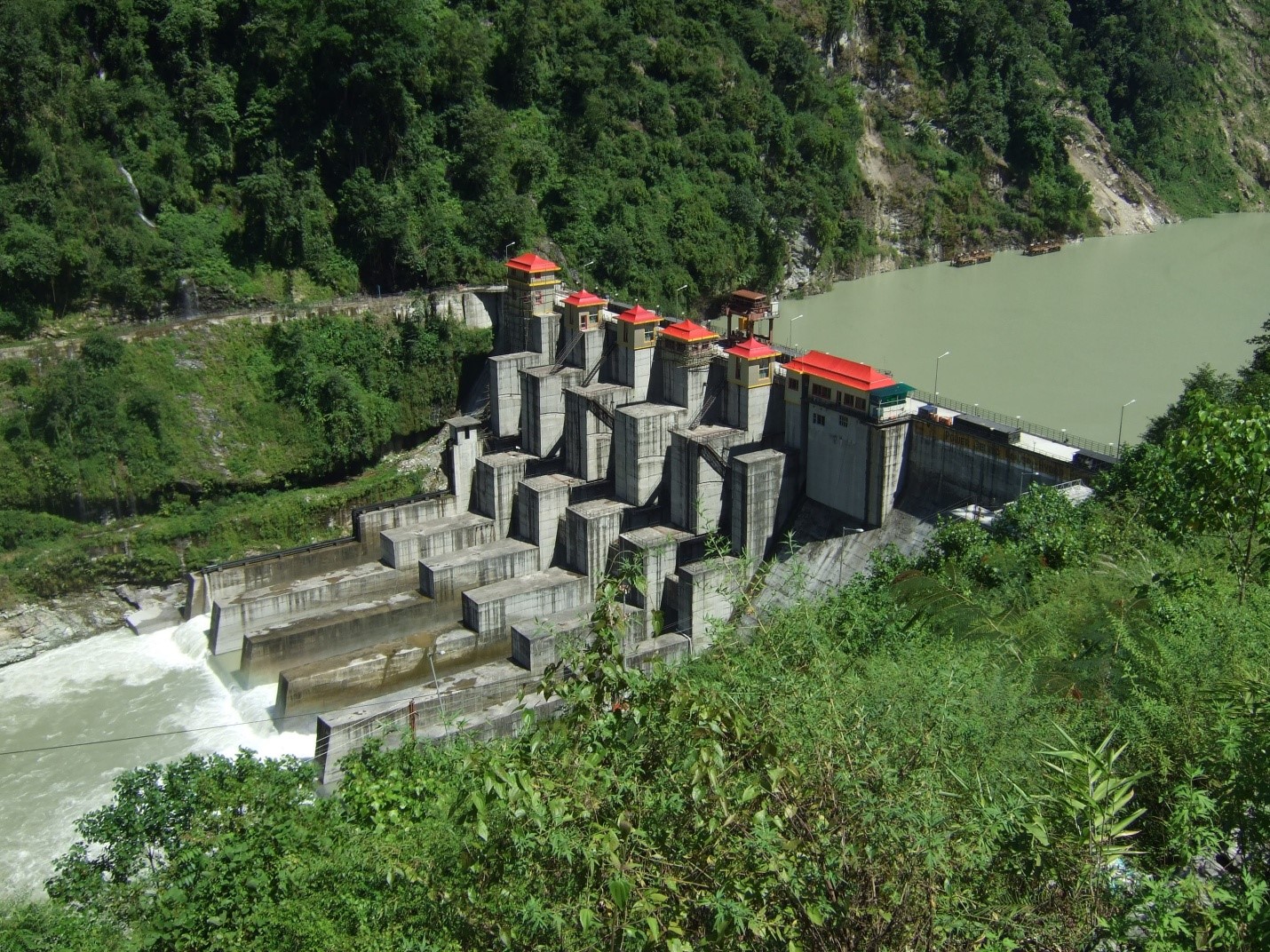
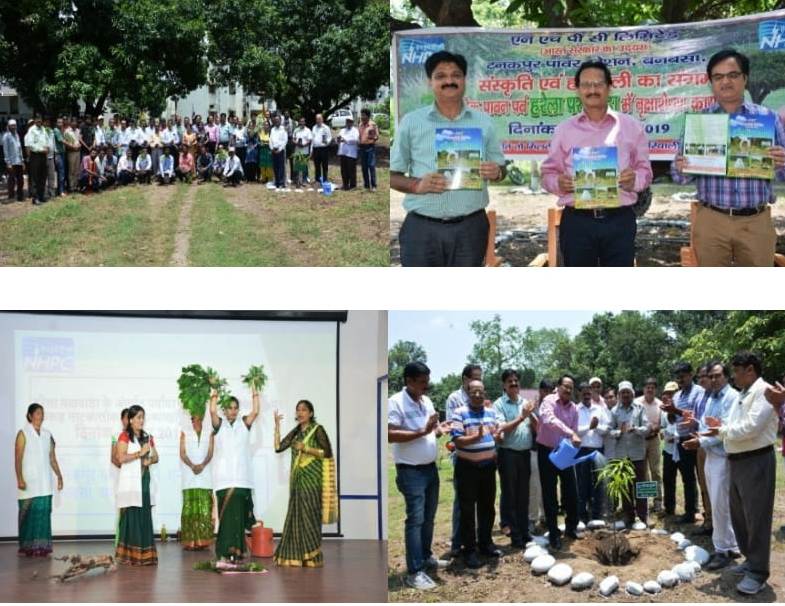
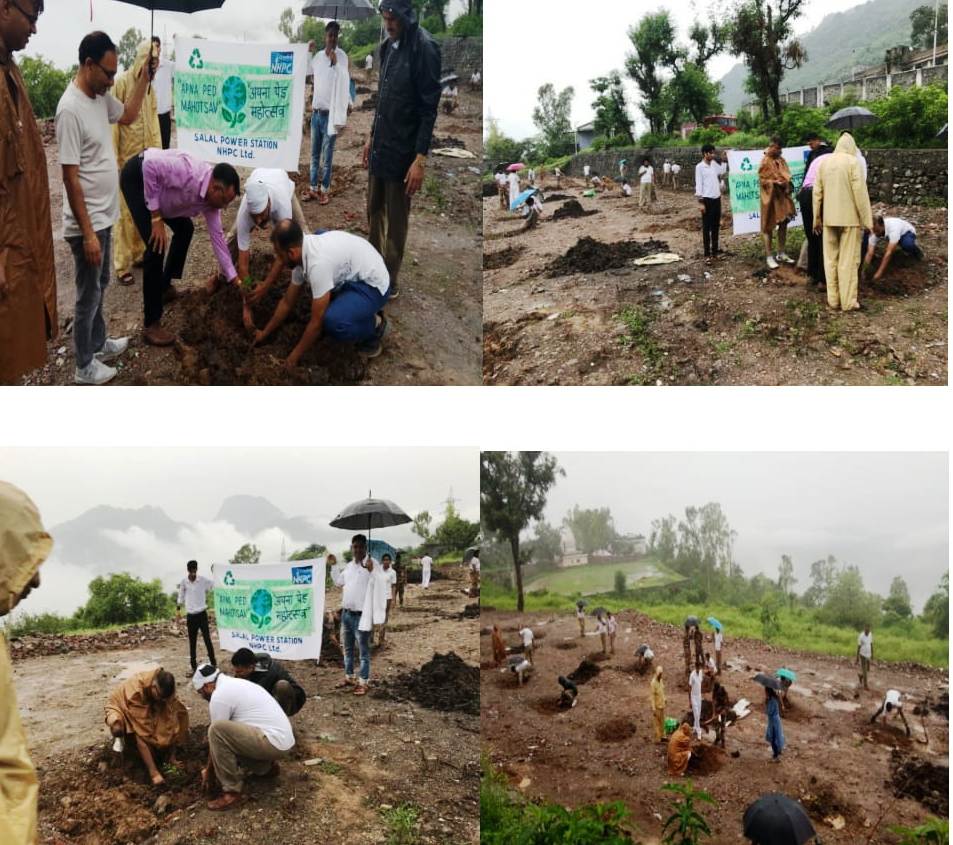
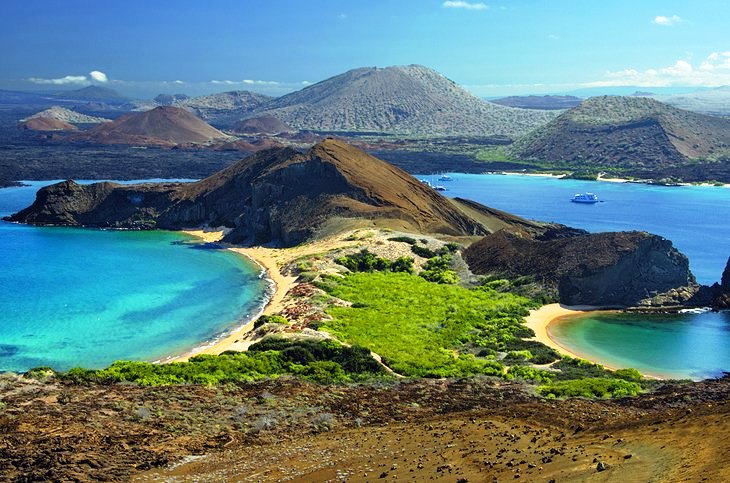
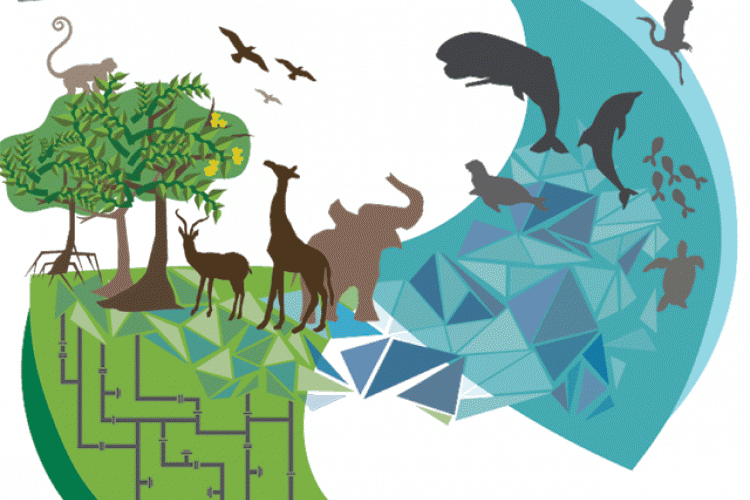

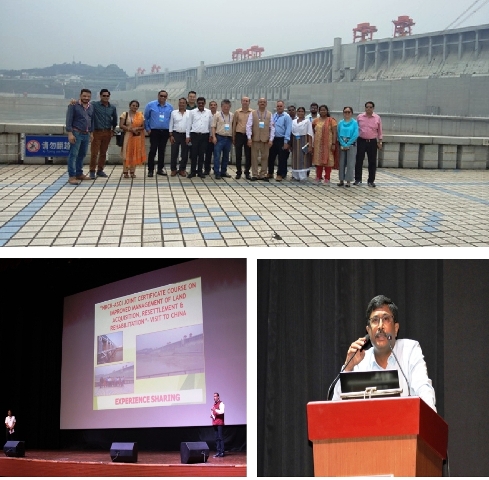


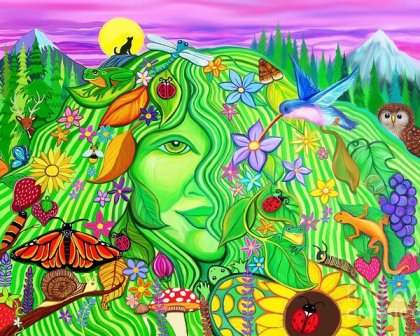
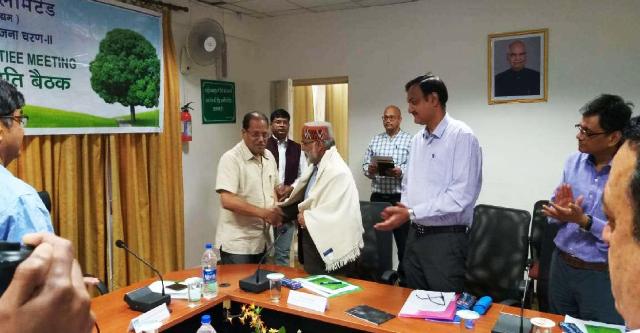

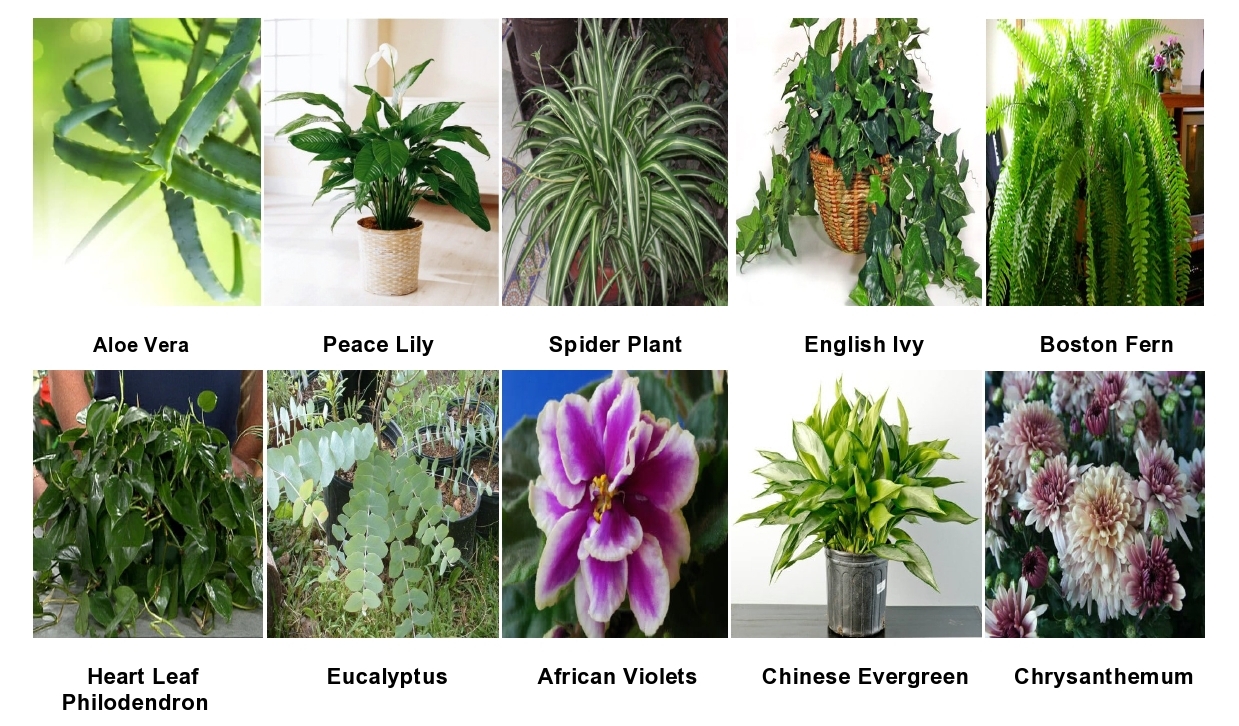
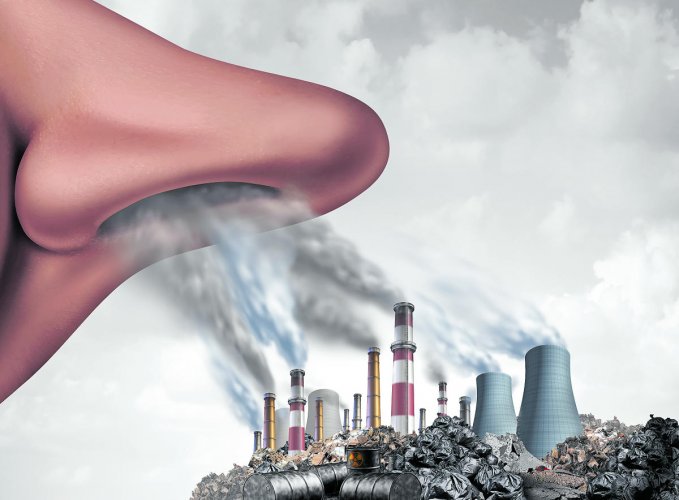
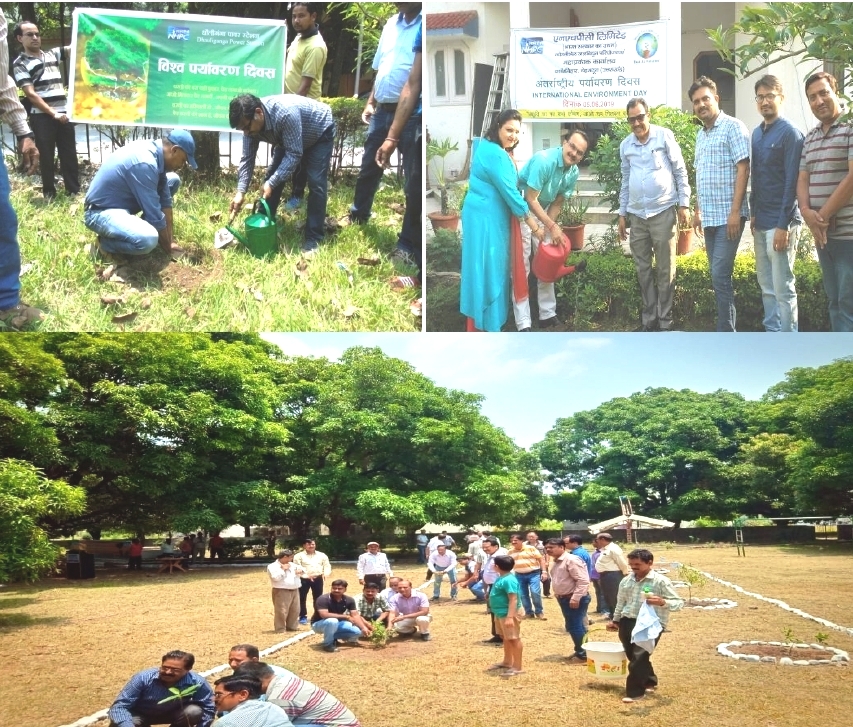
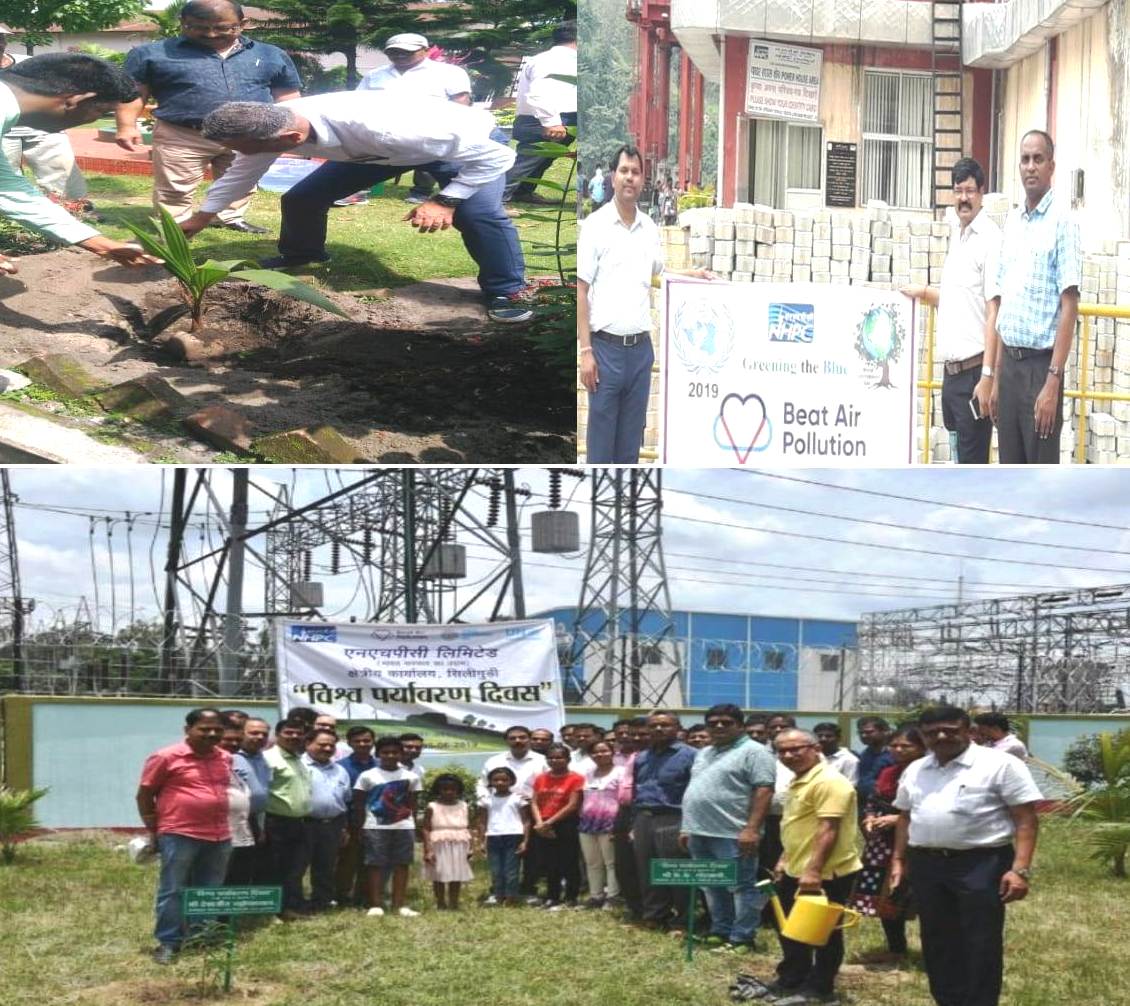

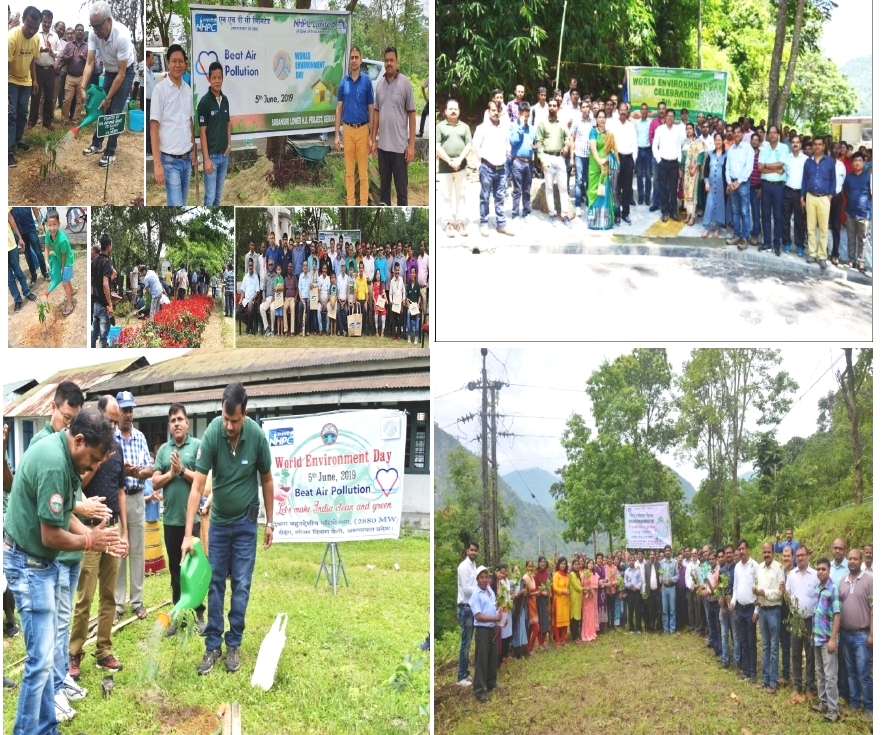
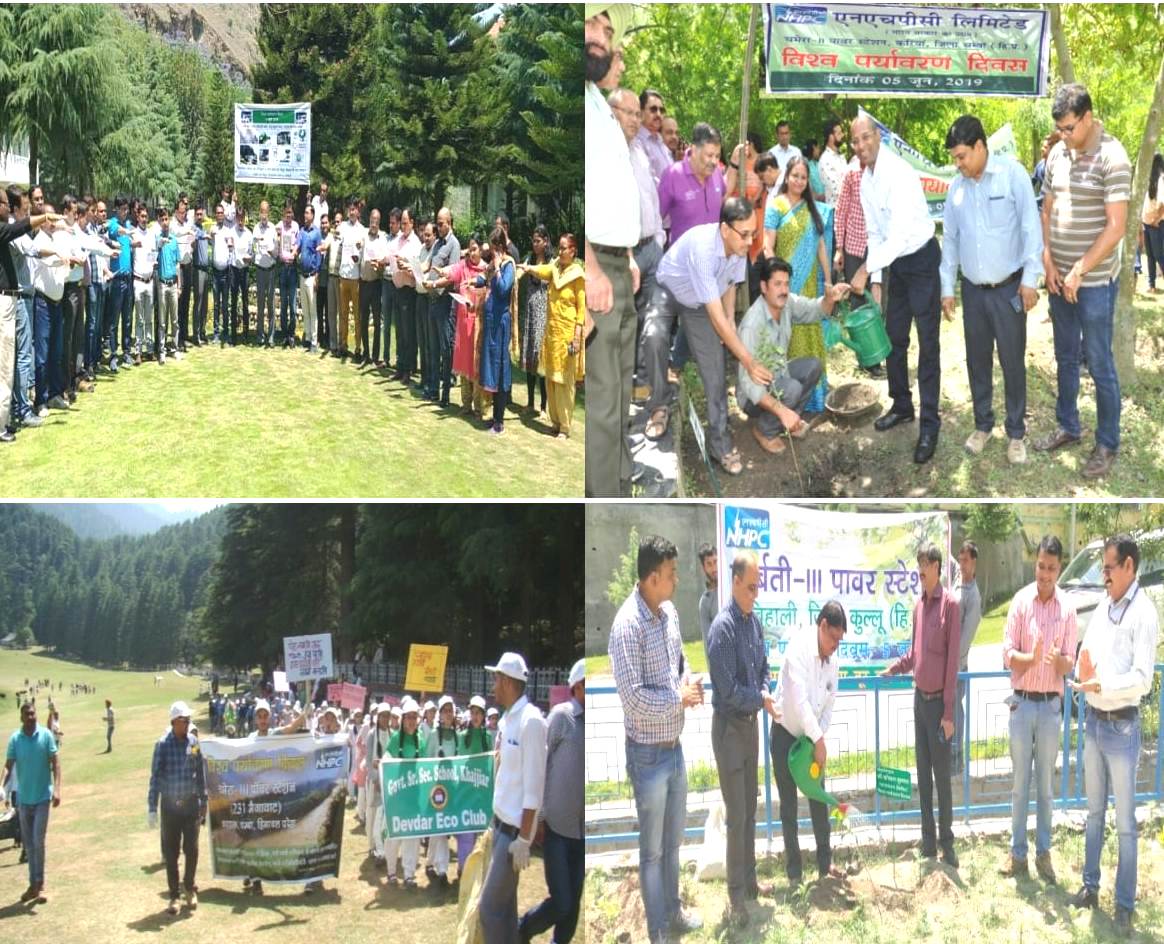
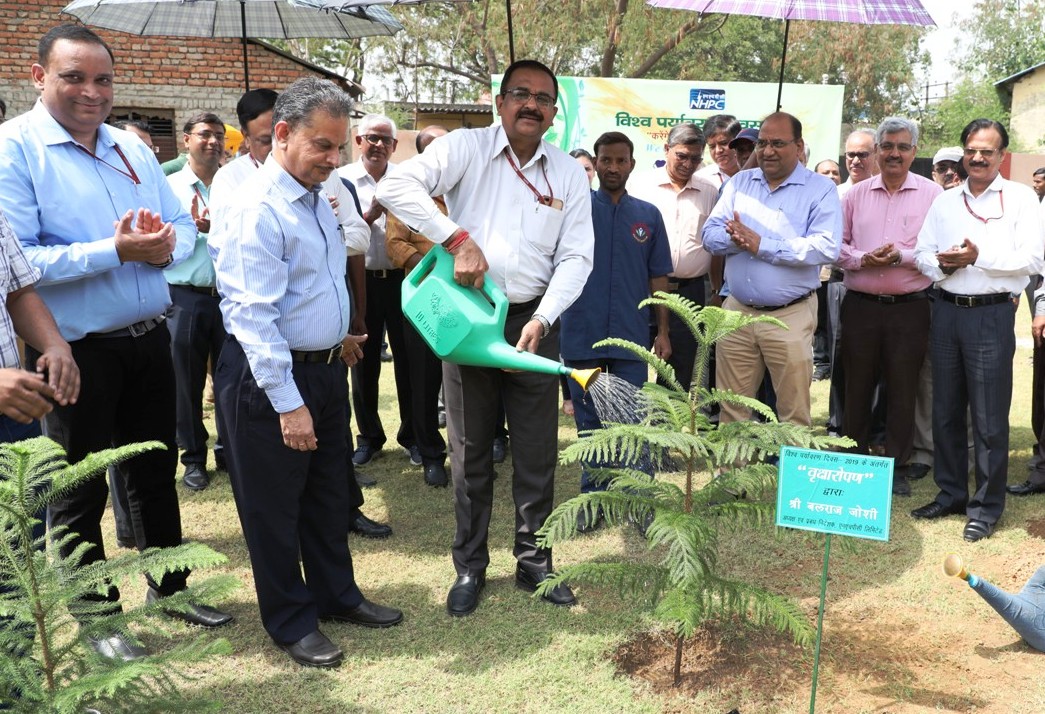


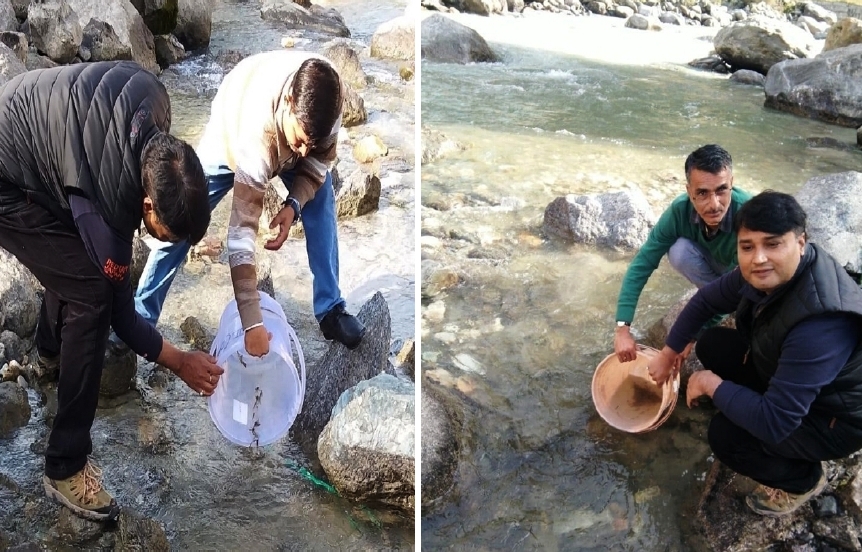


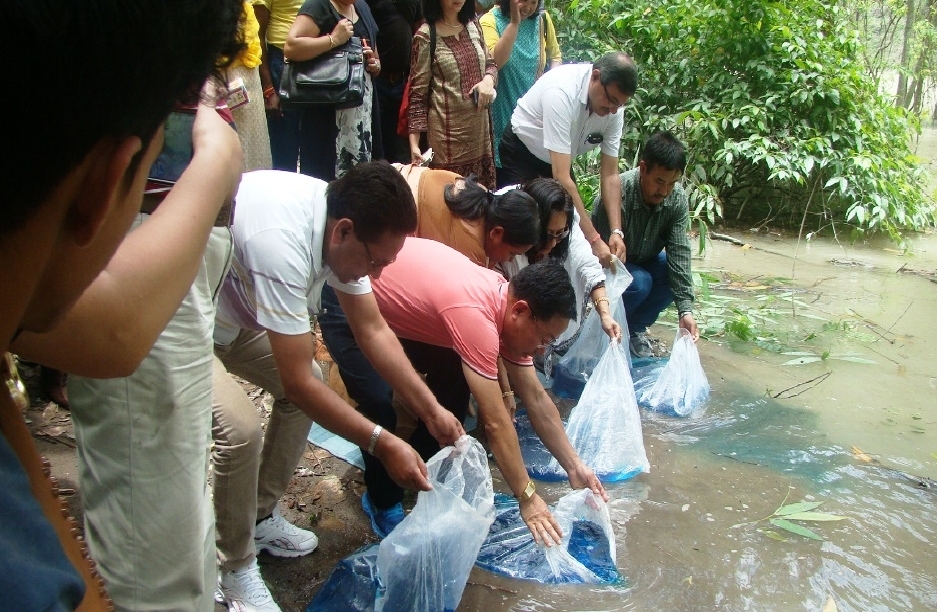
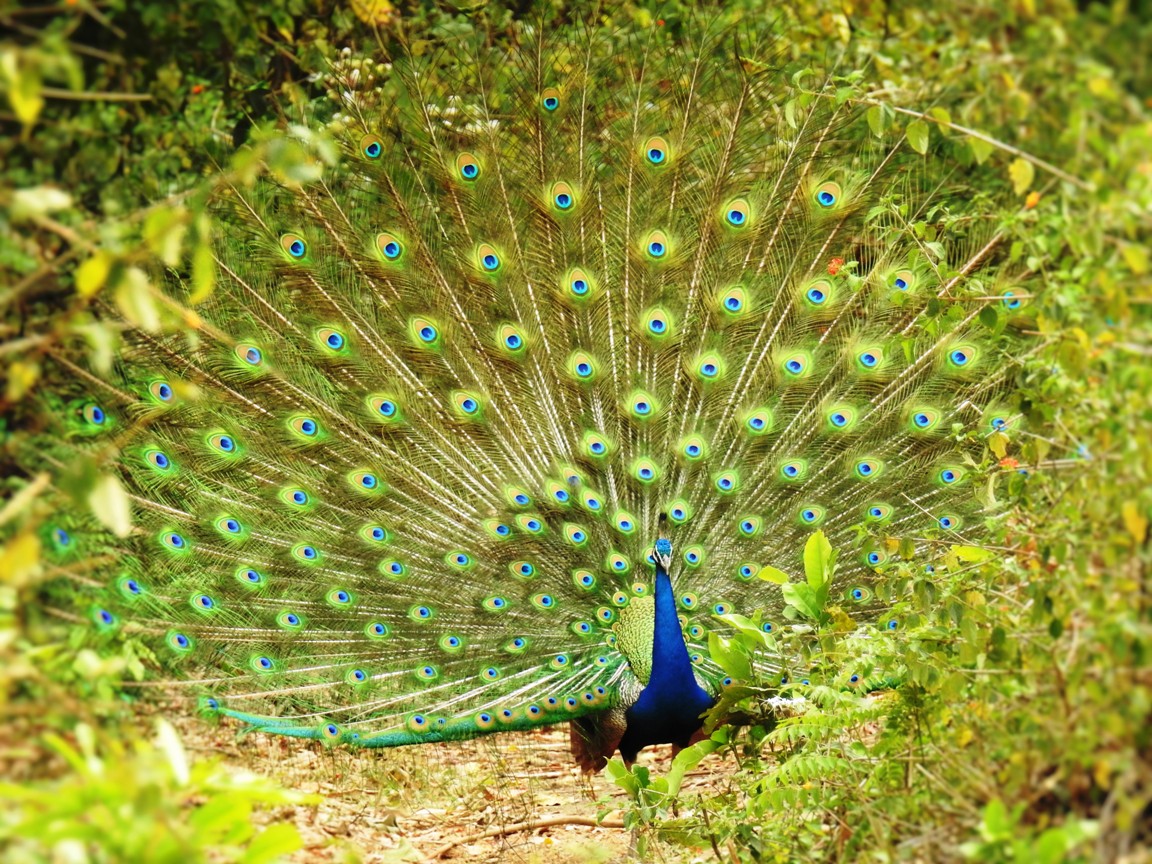
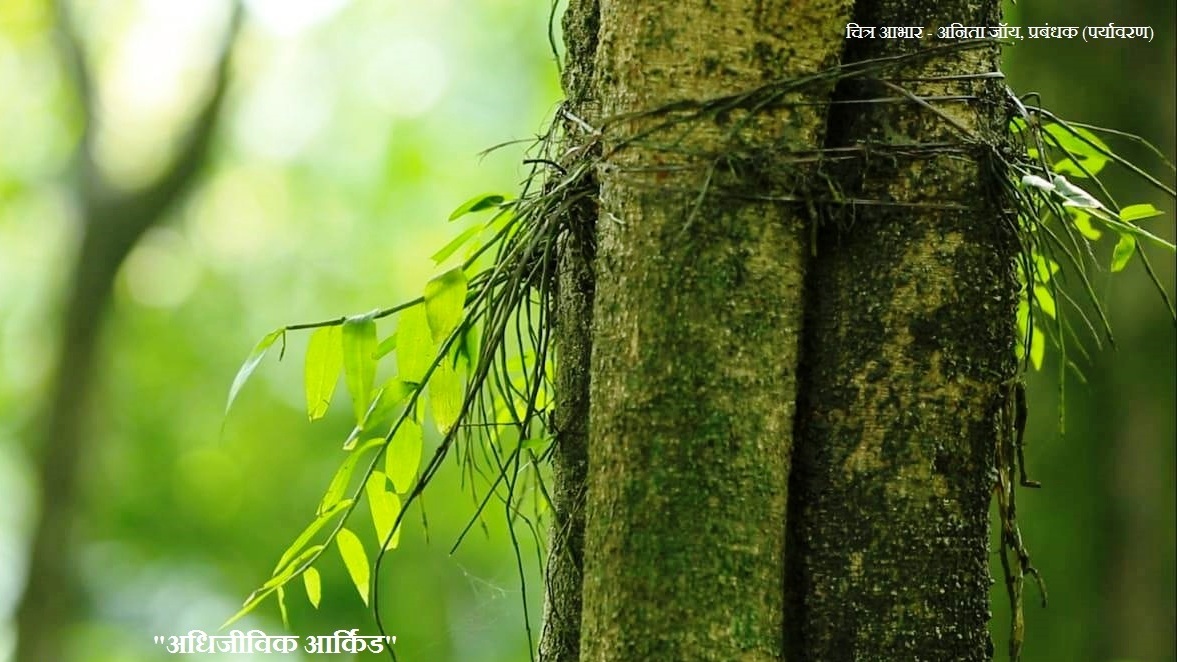
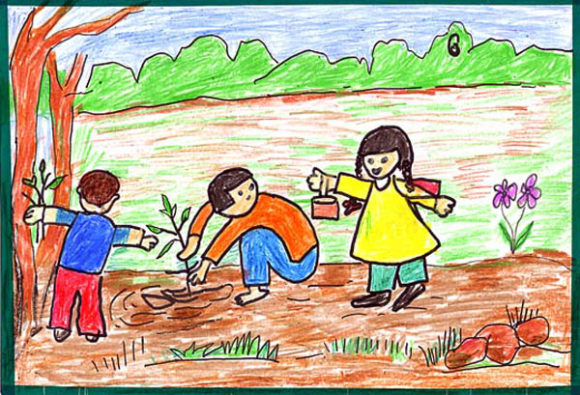

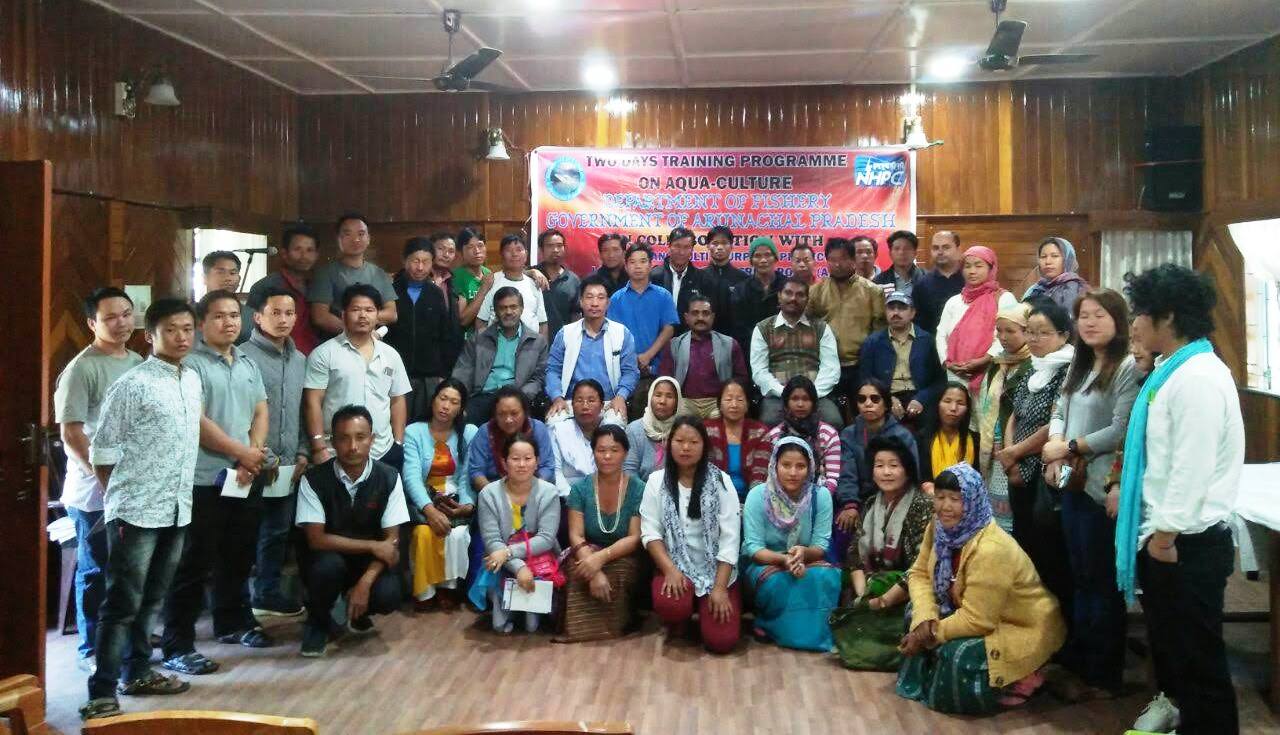

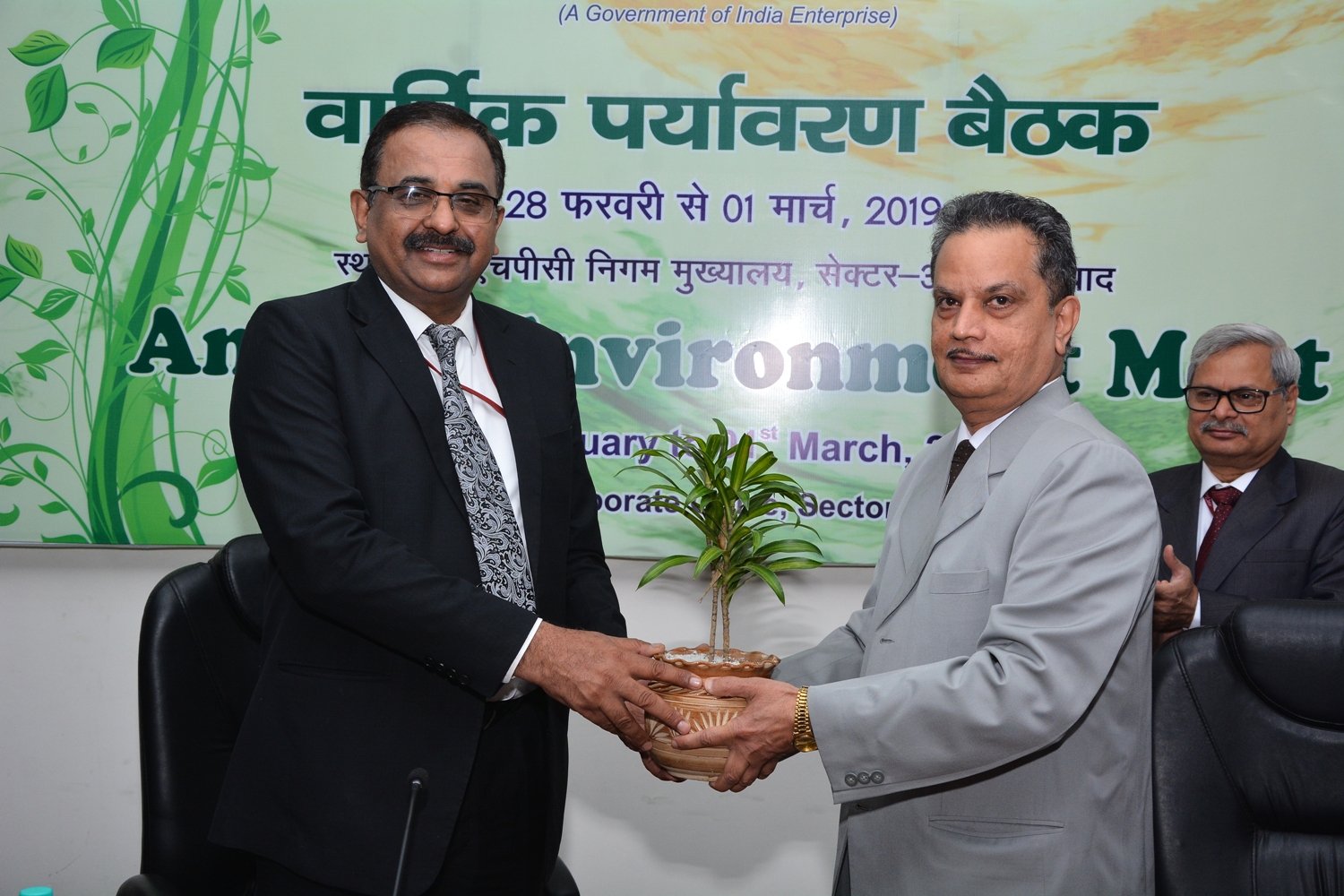









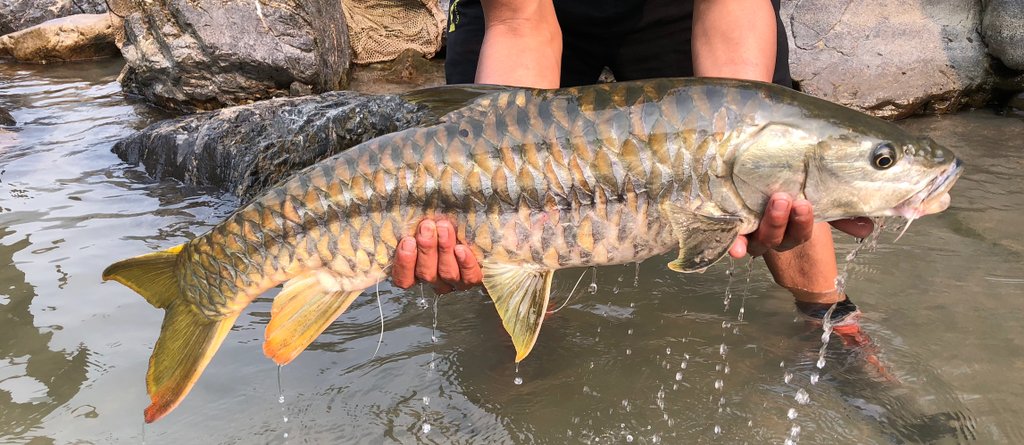
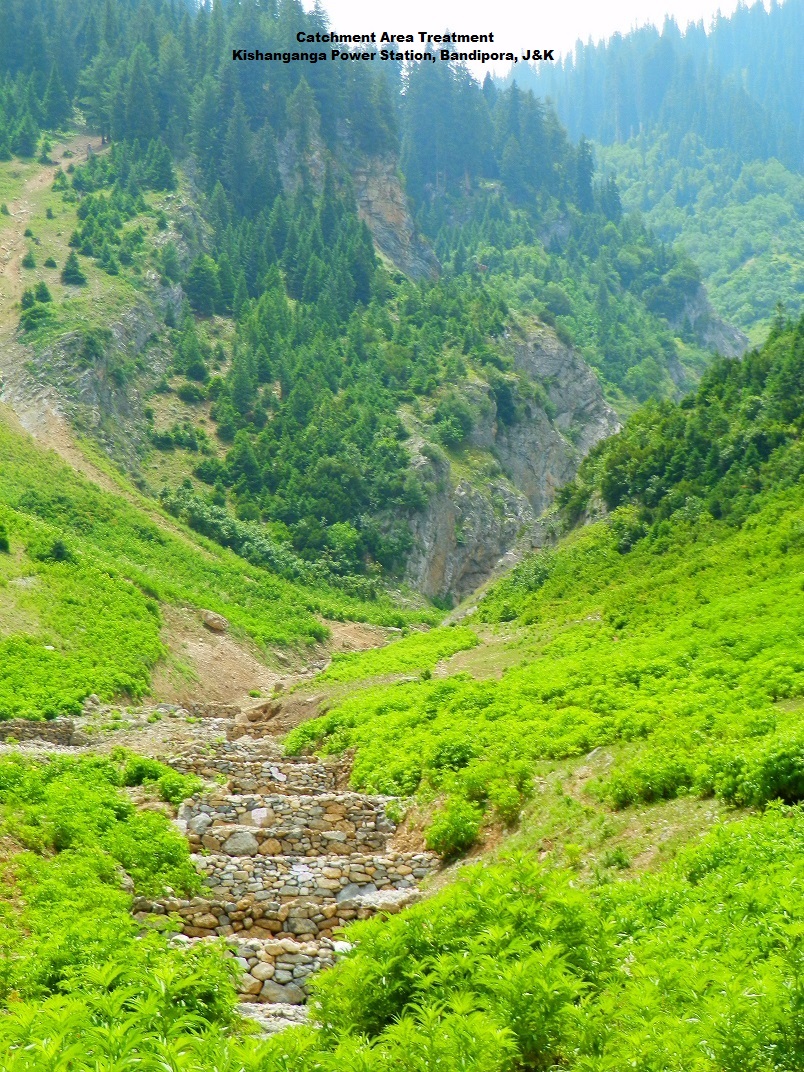
Leave a Reply